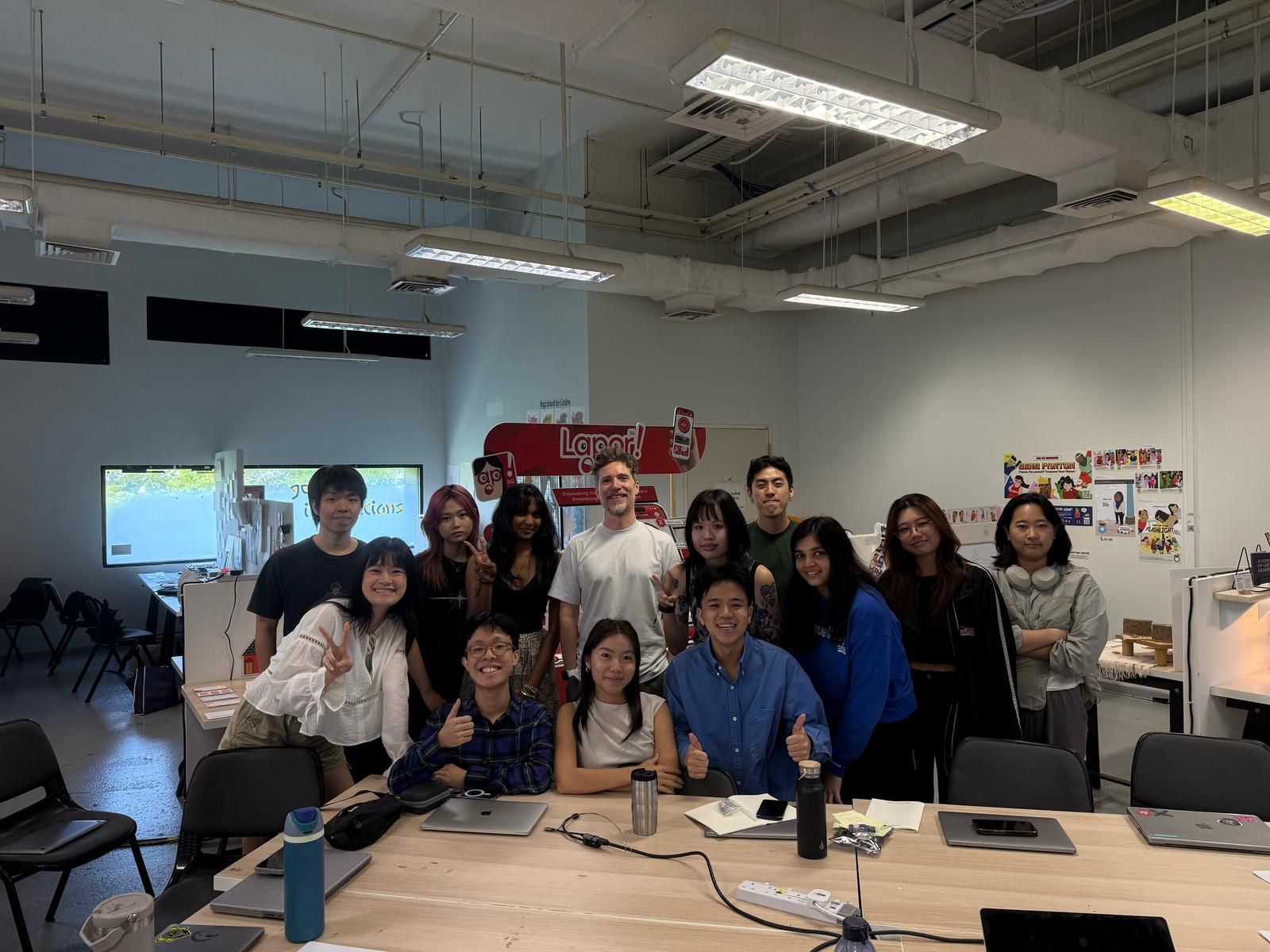Week-14 & 15
Making the final outcome
Testing visuals
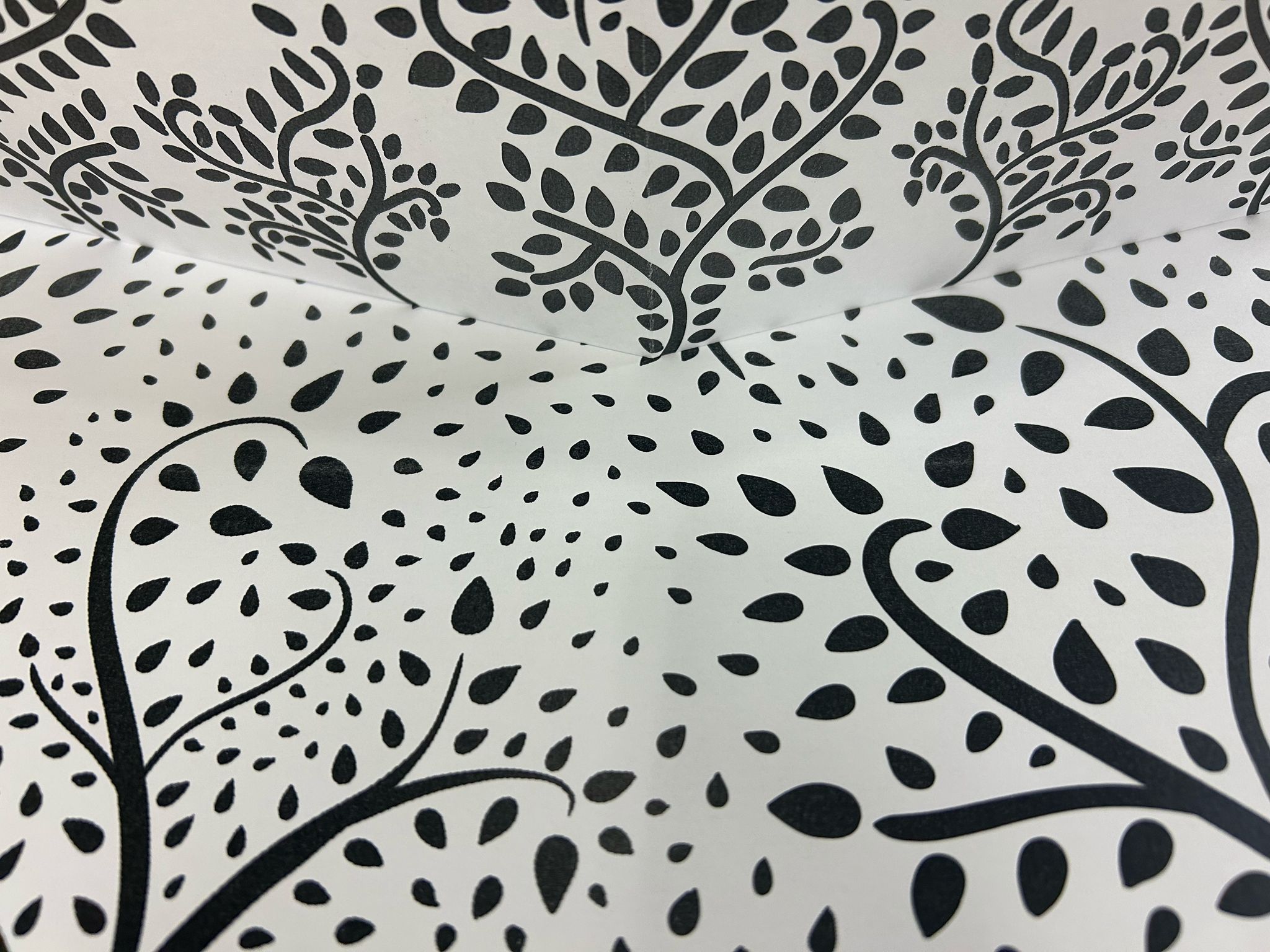
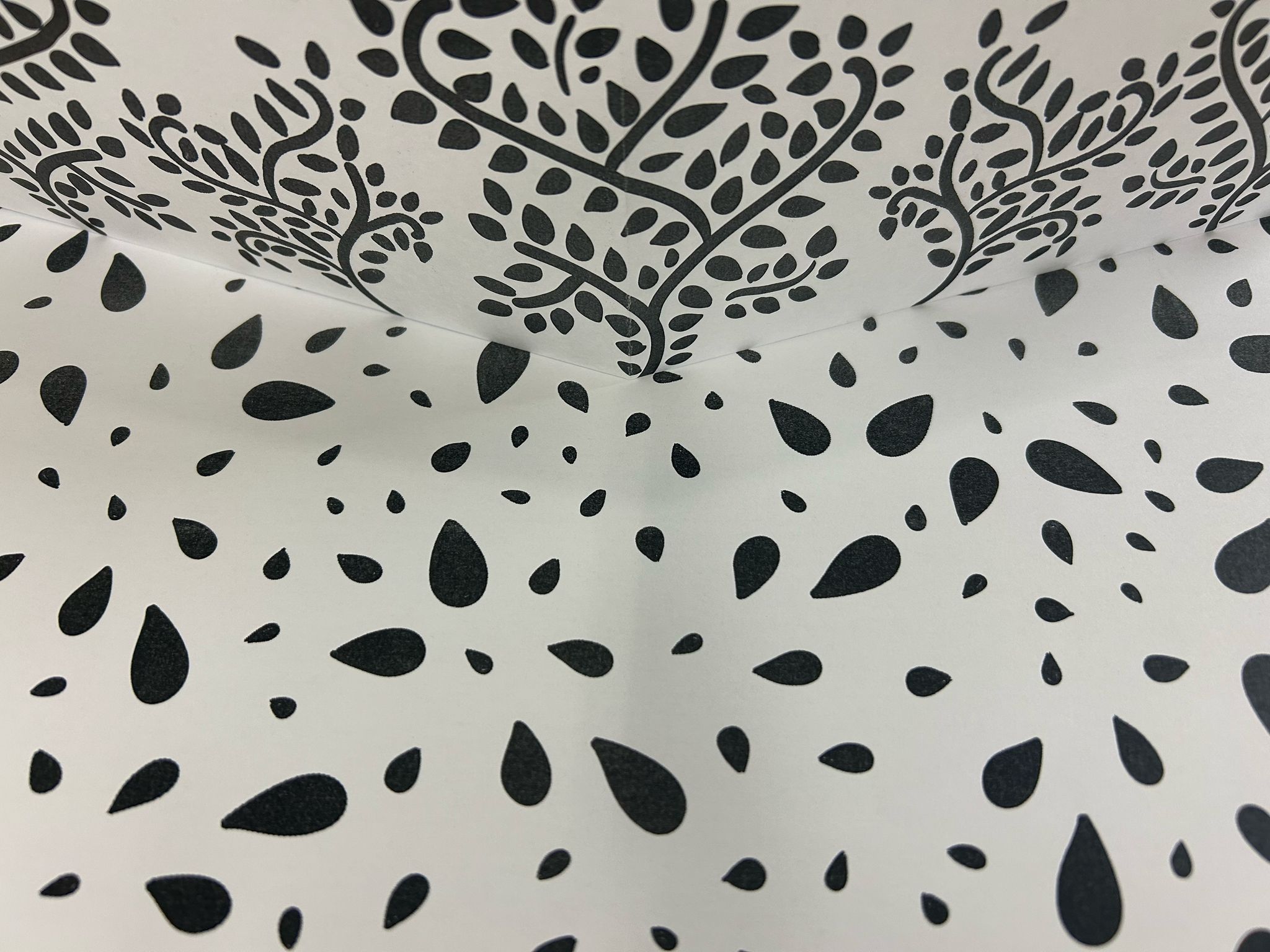
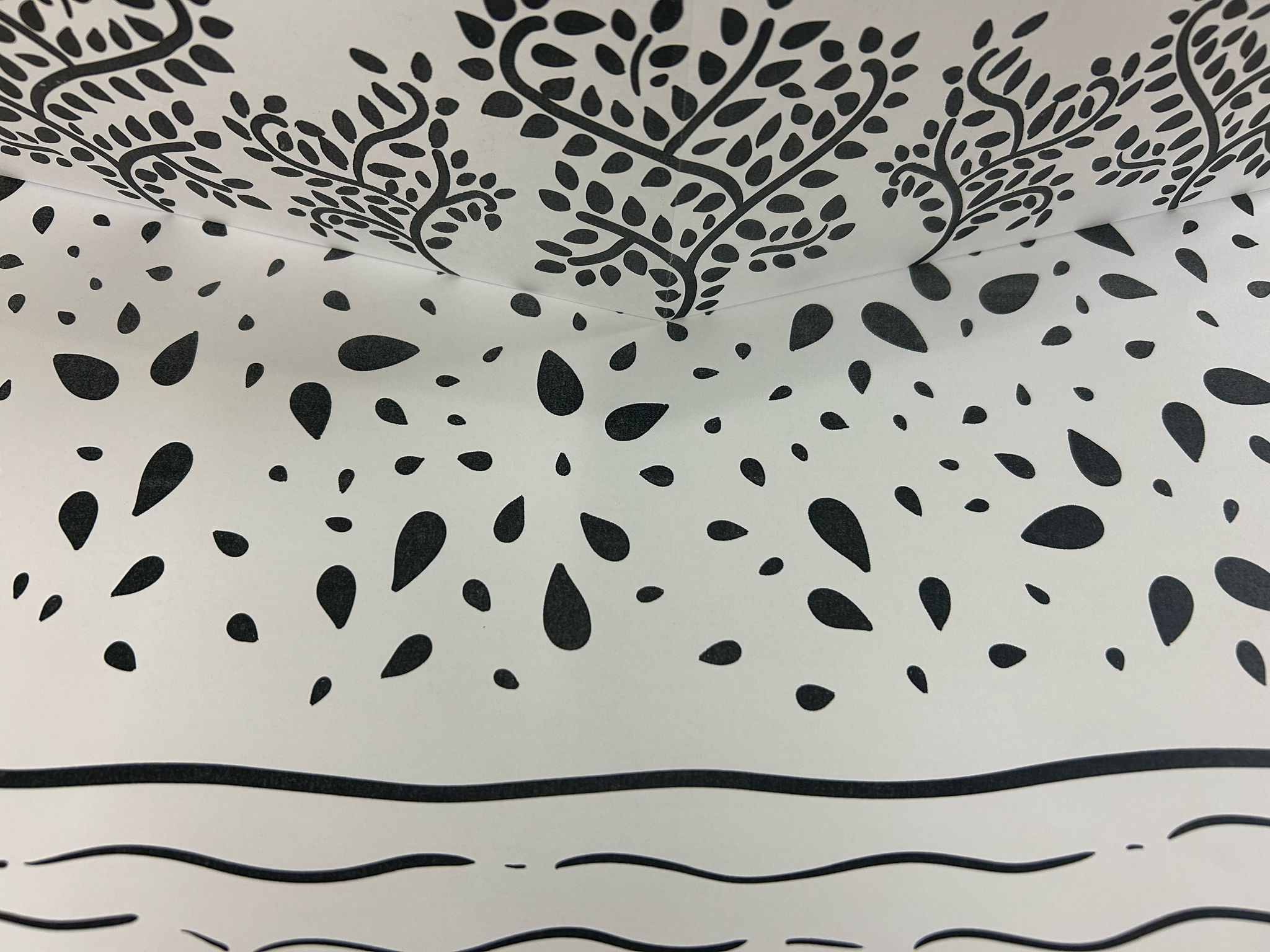
Lino cutting
The lino cutting was taking longer than I had planned and I also had to make interactive pop-ups. I had also decided to make a separate pop-up book, a non-interactive version that could serve as a mock-up for how it could look like as a book. So after consulting with Andreas, I began to make the interactive spreads first, and then if I have the time, I can continue lino cutting and printing.
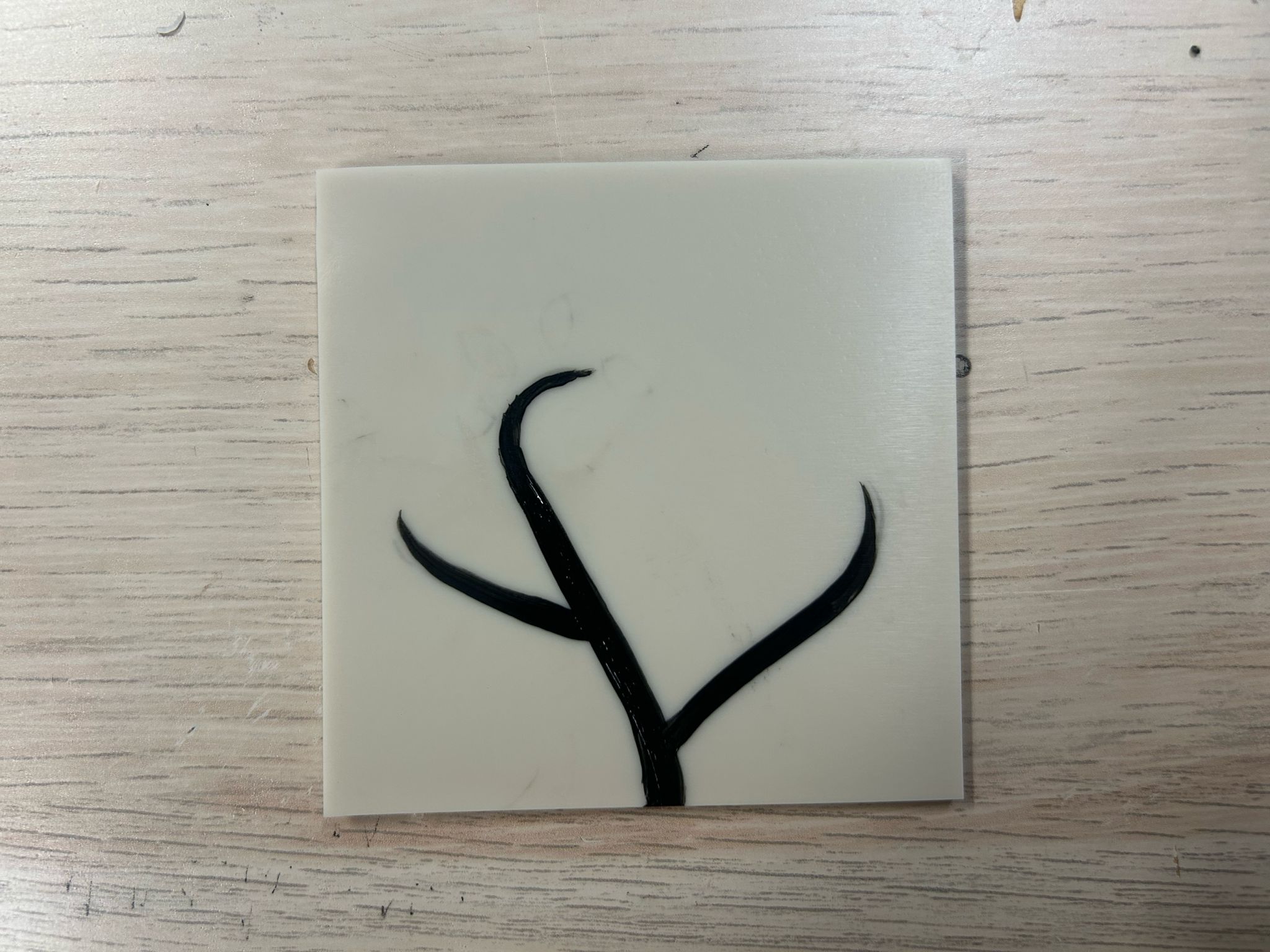
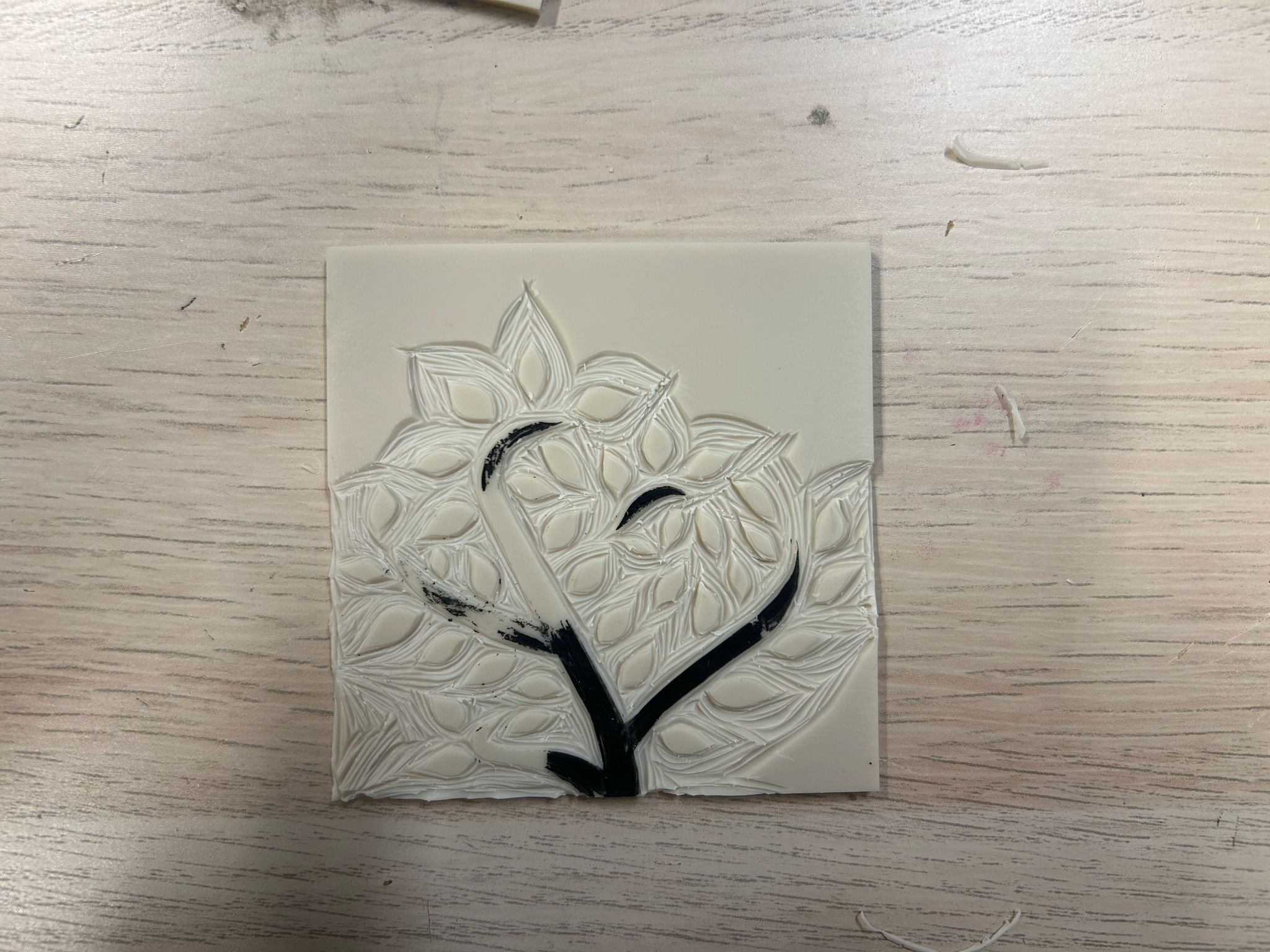
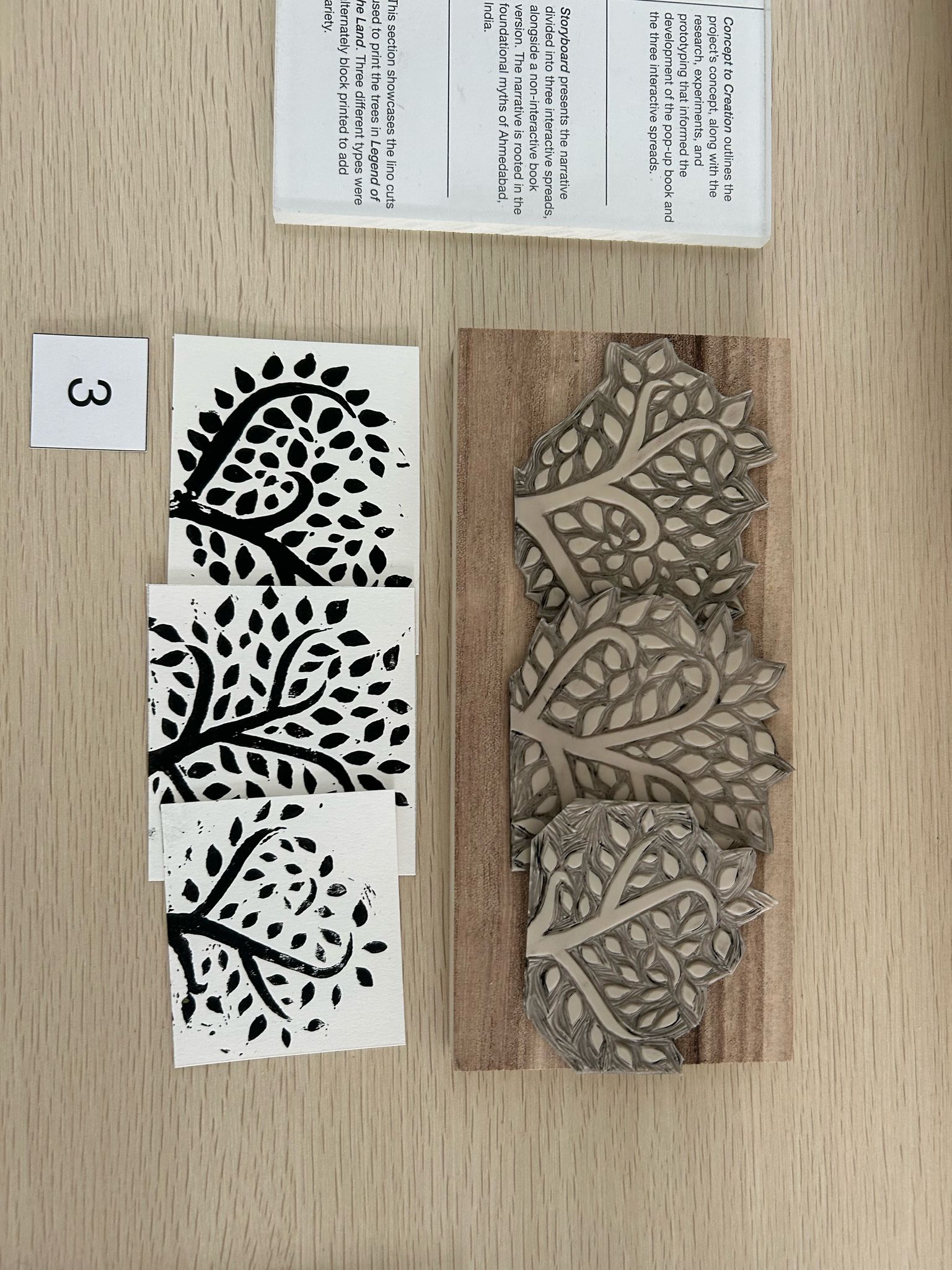
Making the interactive spreads (Artefact-2)
I first began with just the interactive spreads as that was the main goal was to have the interactive pop-ups first. At the moment it feels like a lot to do, as I was gonna make and bind everything myself. I was mostly afraid because I had to use spray mount to stick the papers to the grayboard, and once the paper is stuck to the grayboard it cannot be taken off due to the spray mount.
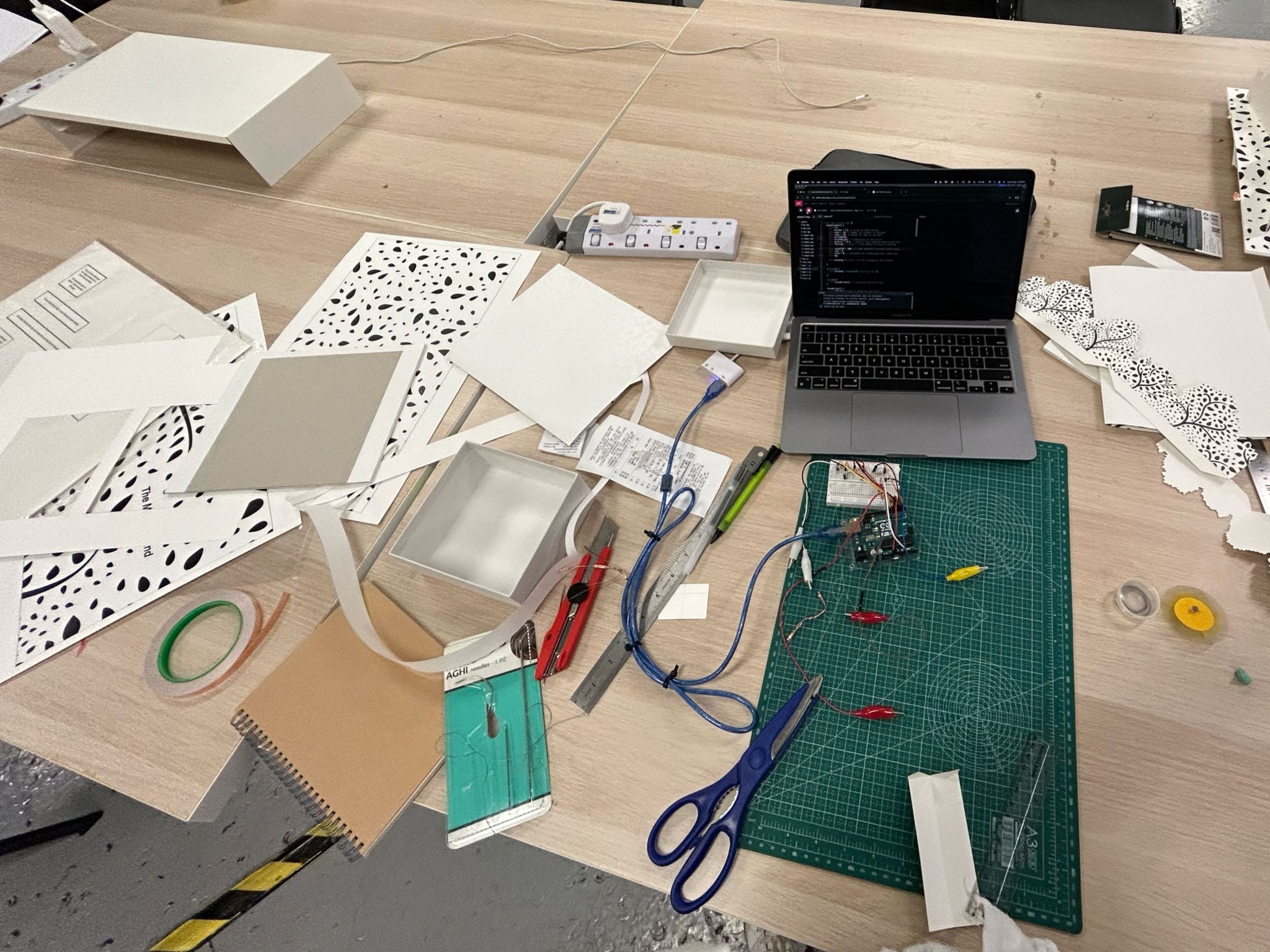
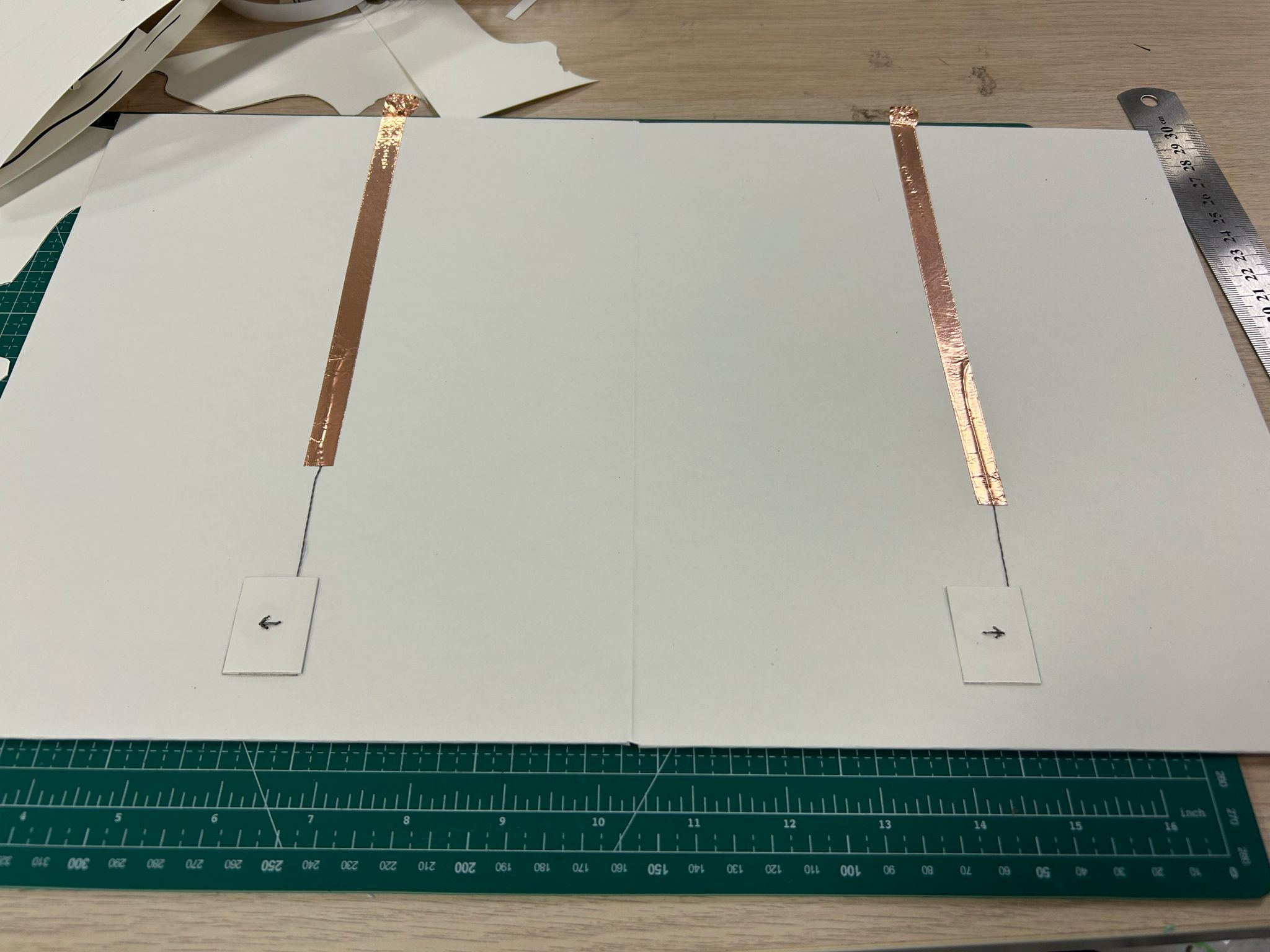
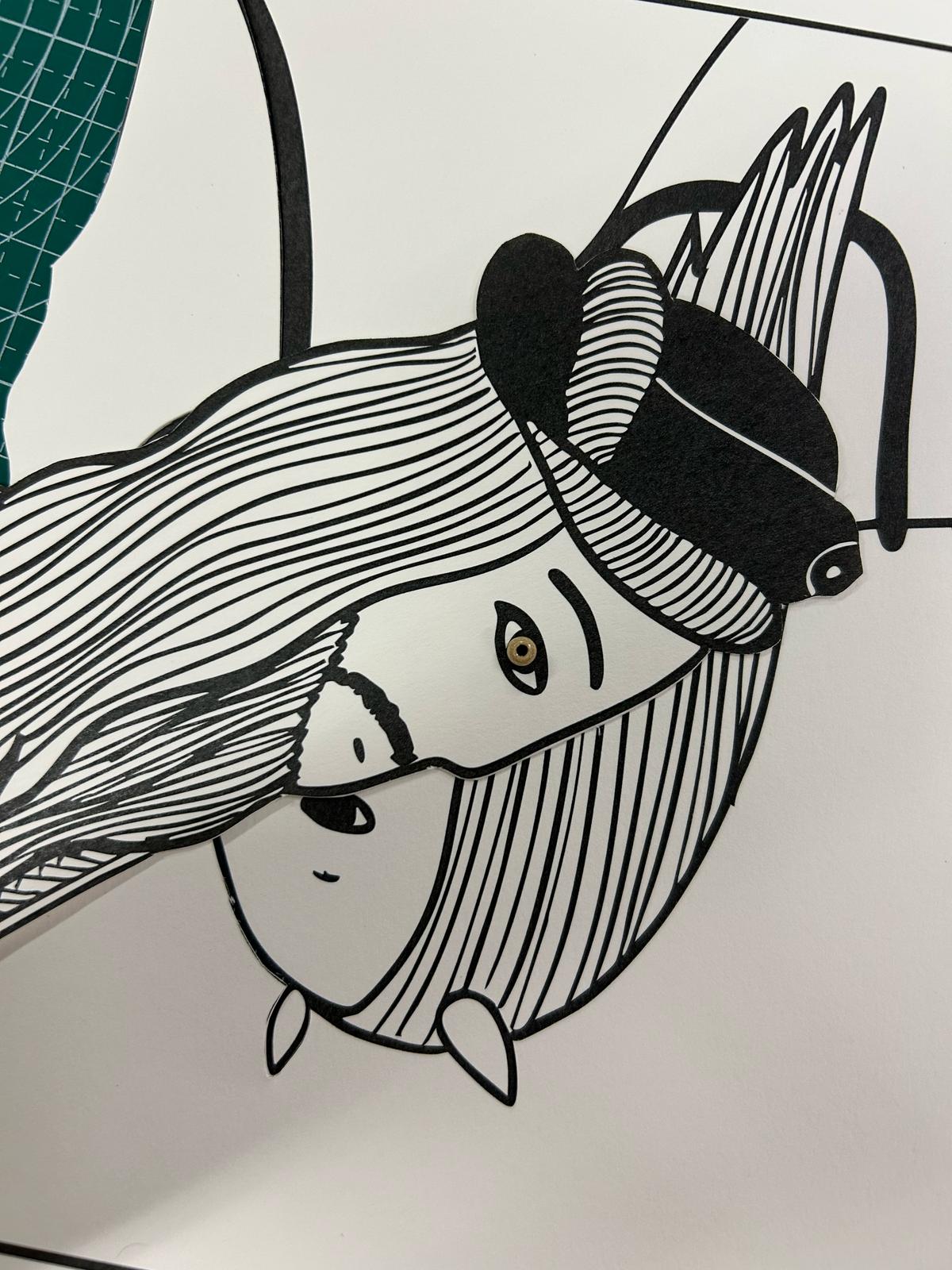
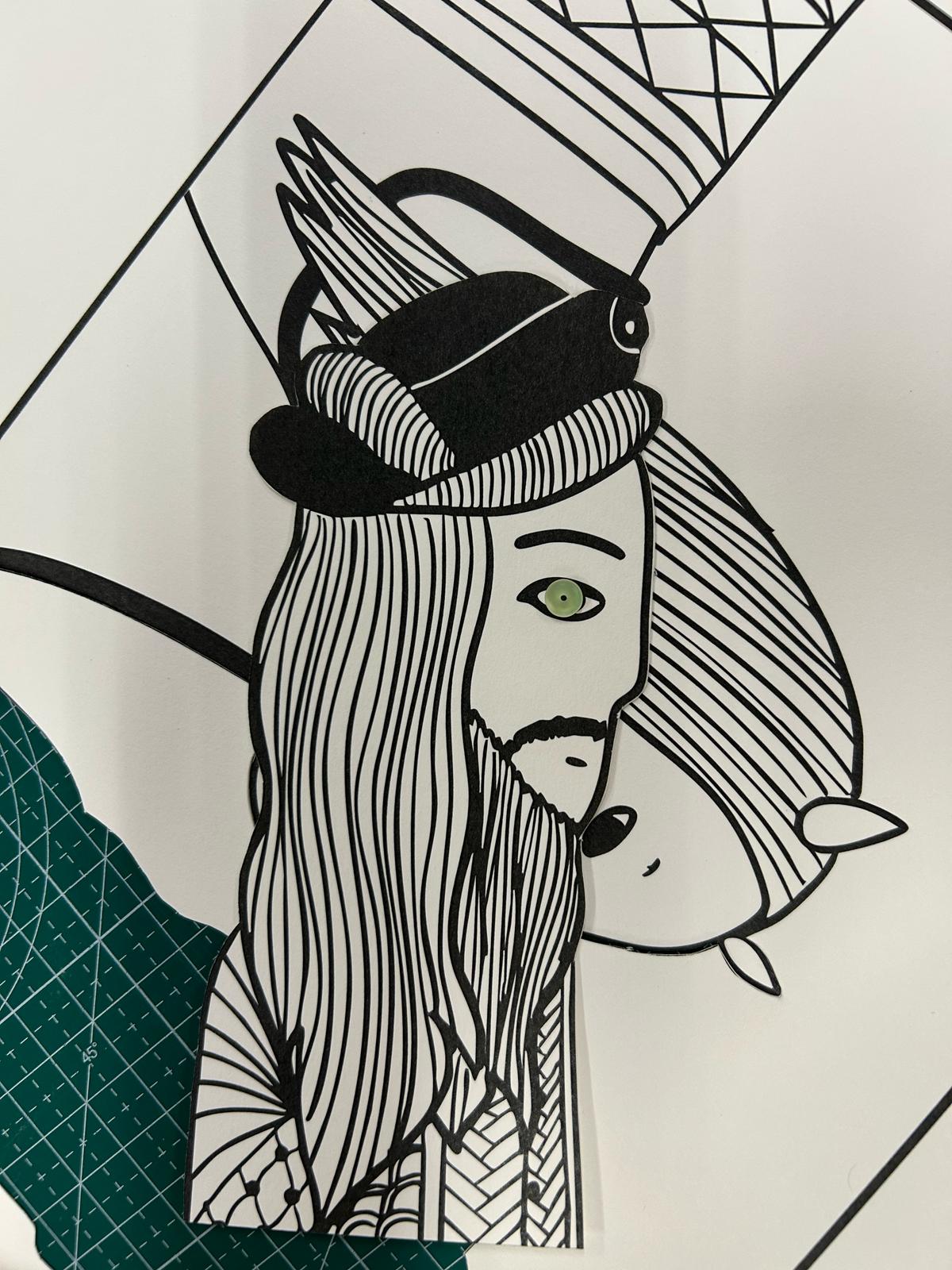
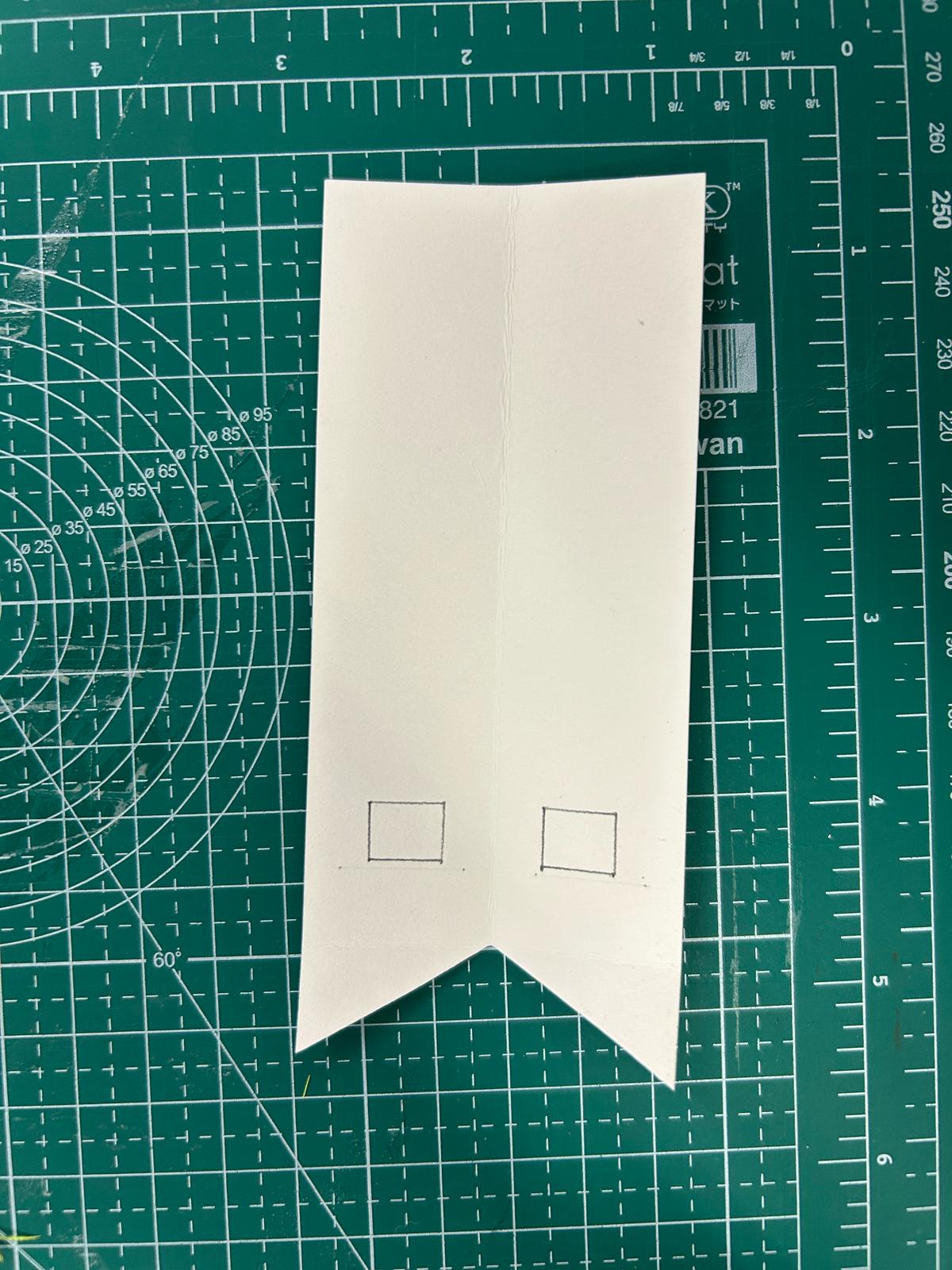
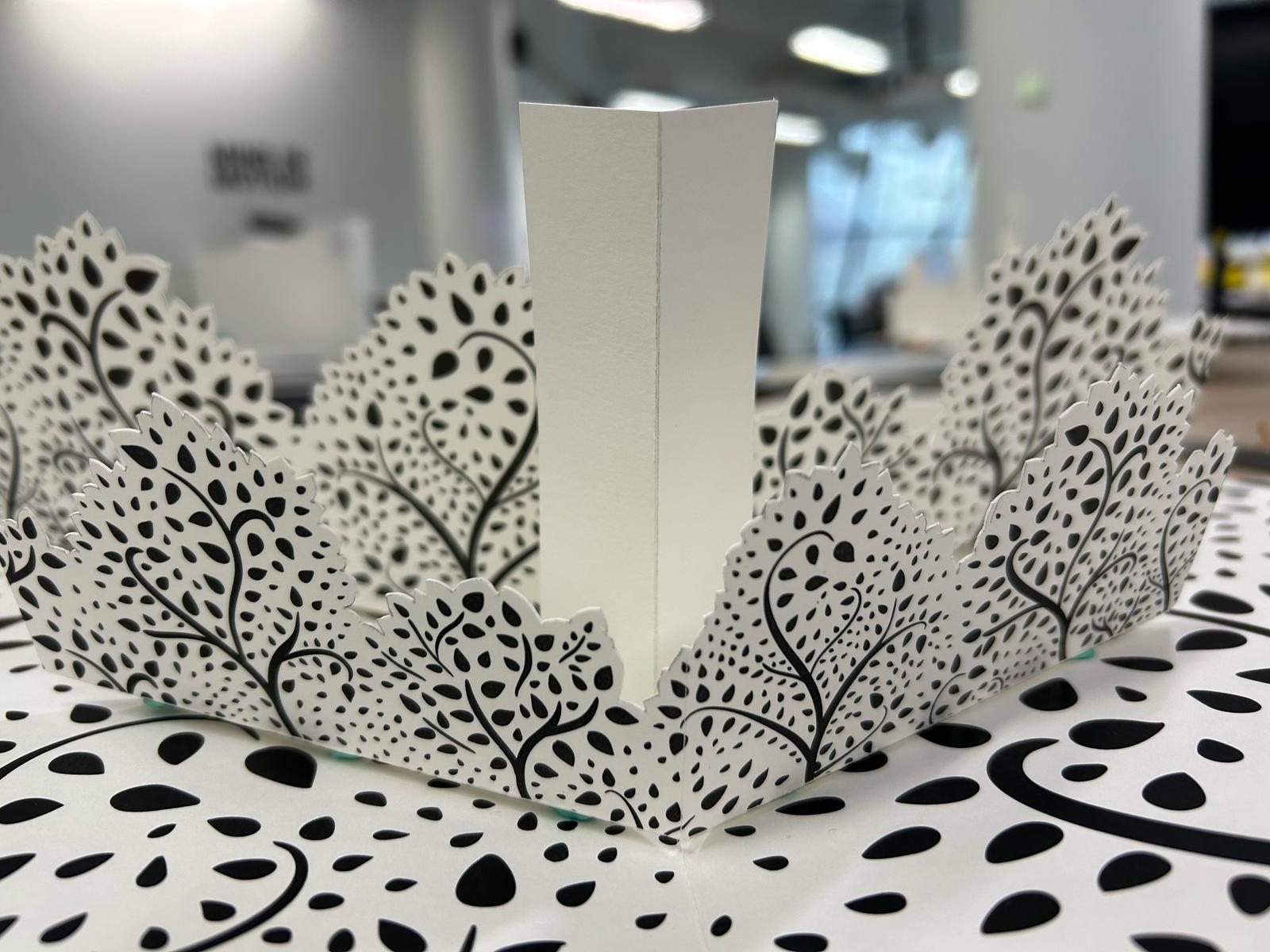
Testing mechanism and completing pop-ups
The interactive spreads took more time than anticipated because I had to keep testing the mechanism being used for interactivity, in case the pop-up, or the paper is interfering with the capacitive sensors (conductive thread).
Artefact - 1
Once the interactive pop-ups were finished, my next focus was to make a non-interactive version of the pop-ups, but in a book format. One of the main purposes of this is to have a mock-up for how the interactive spreads could look as a book. Additionally, it also helps me compare the experience of just simply going through pop-ups versus interacting with them.
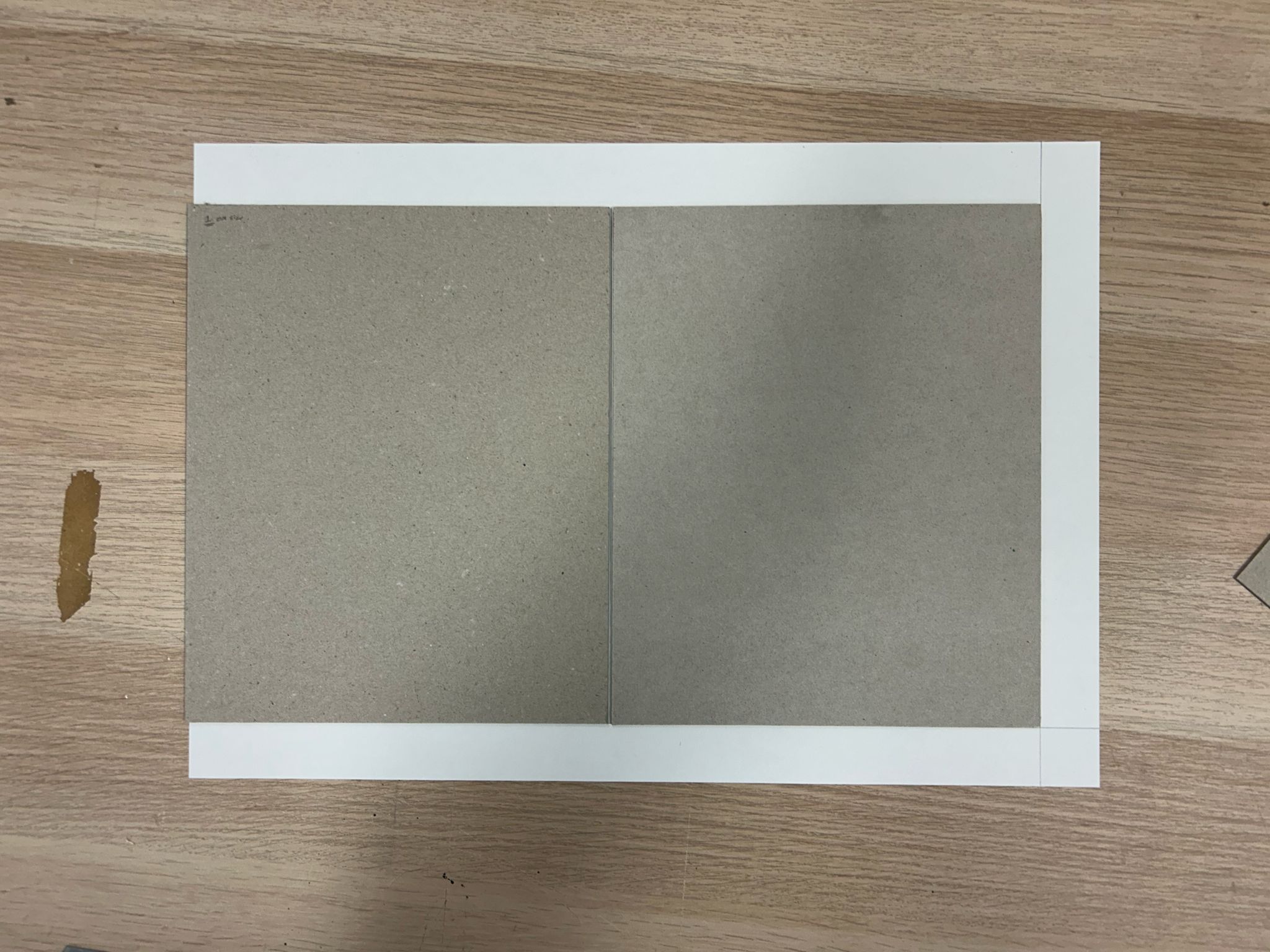
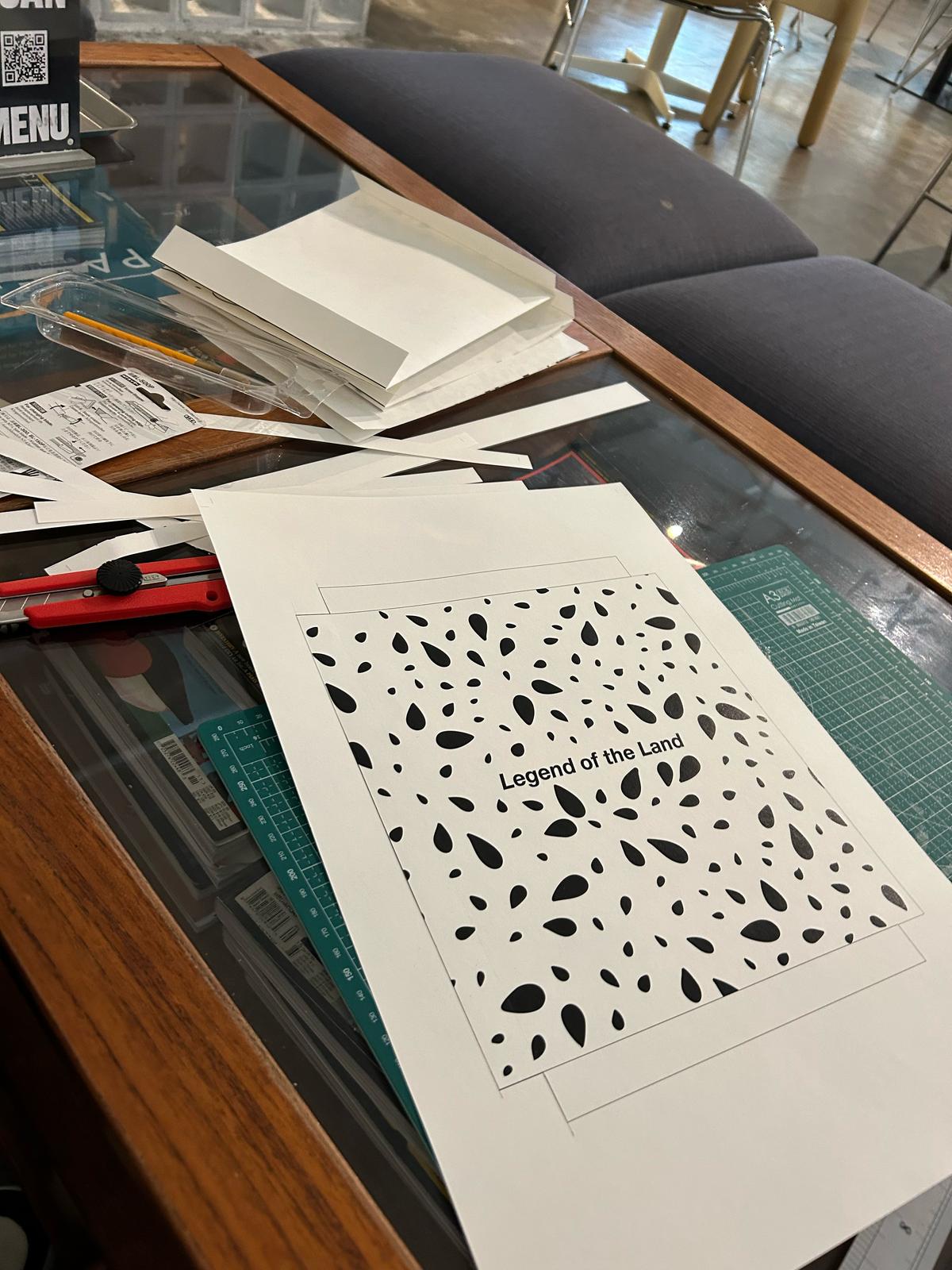
Artefact - 2 iteration
When I had just kept my pop-up book like that, Trisha came by and the first thing she touched was the thread instead of the button which made me re-think my interactive component hence I ended up stitching a conductive thread into the string.
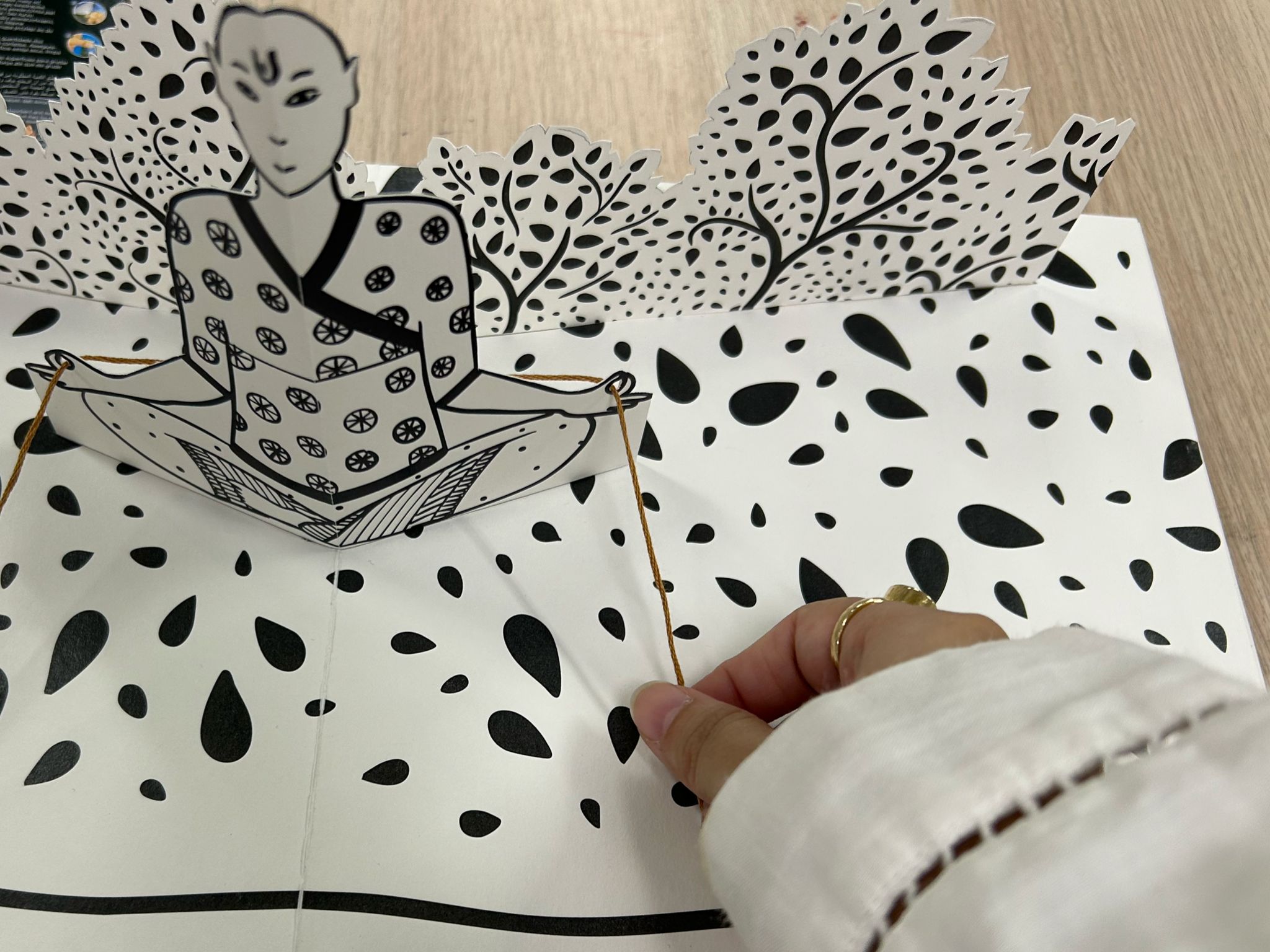
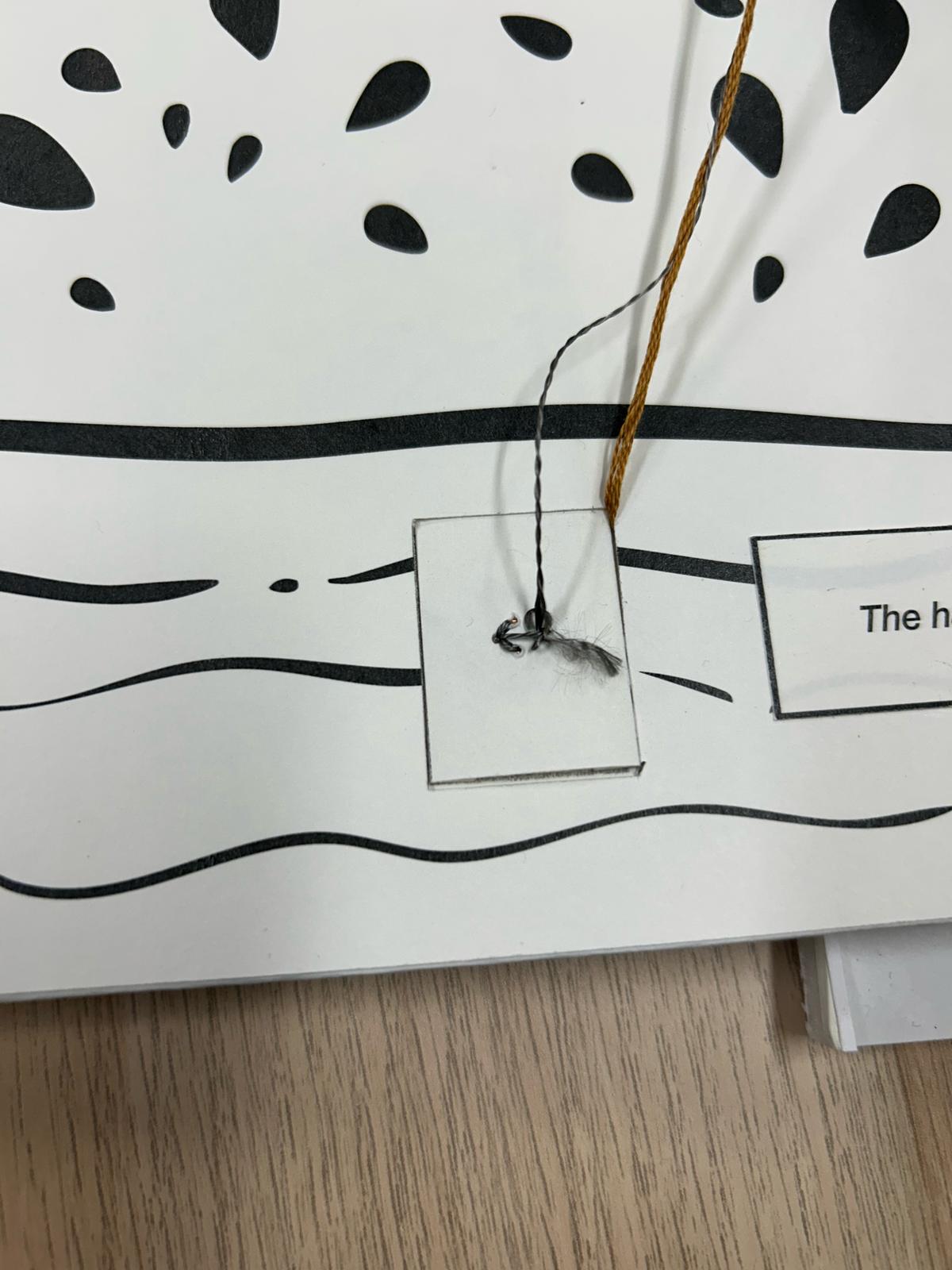
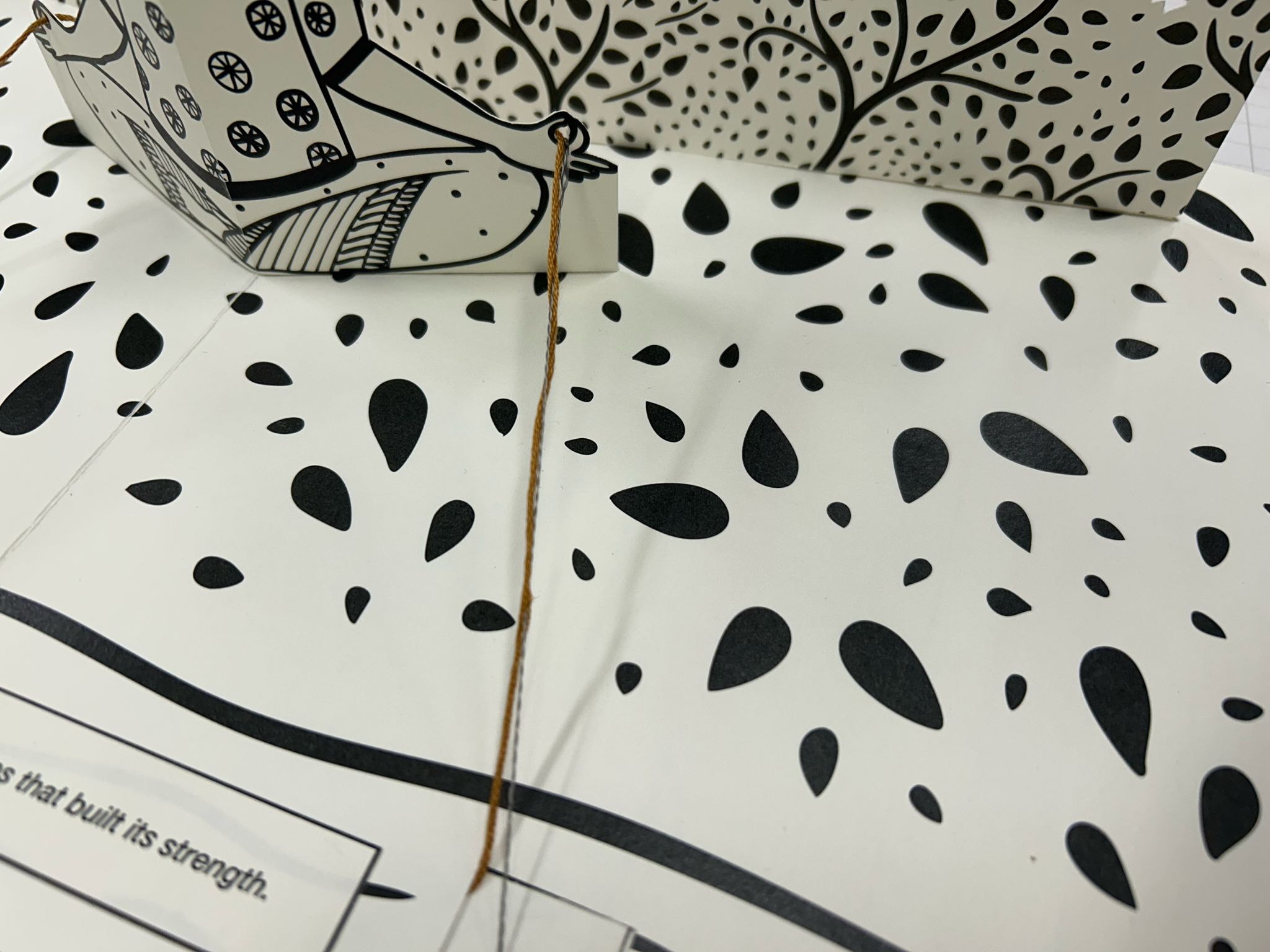
Storyboard
I upodated the storyboard, based on the visuals that I had iterated. I changed the layout because Zarer mentioned that it wasn't looking that great to have a stroke around the image of the visuals used for the storyboard.
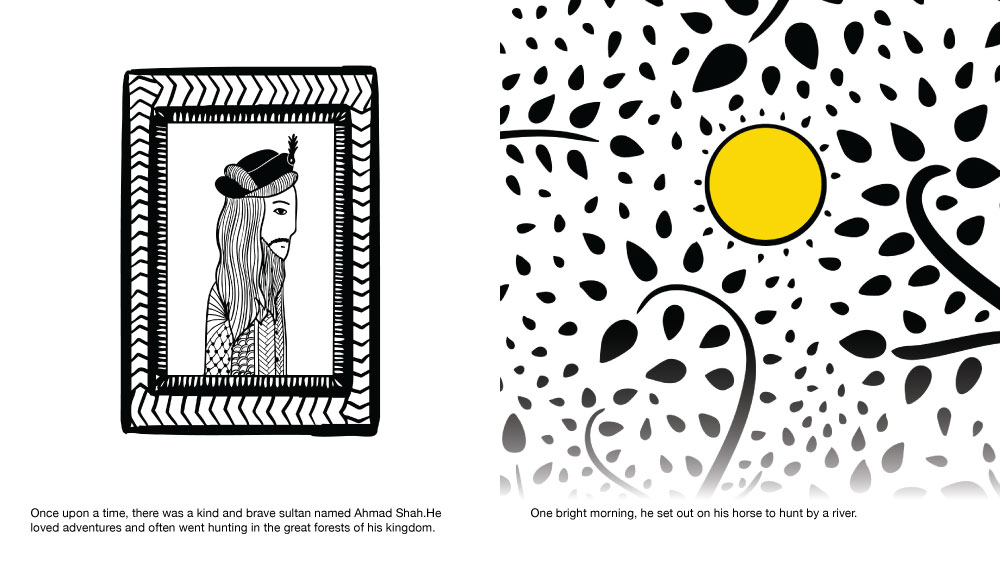
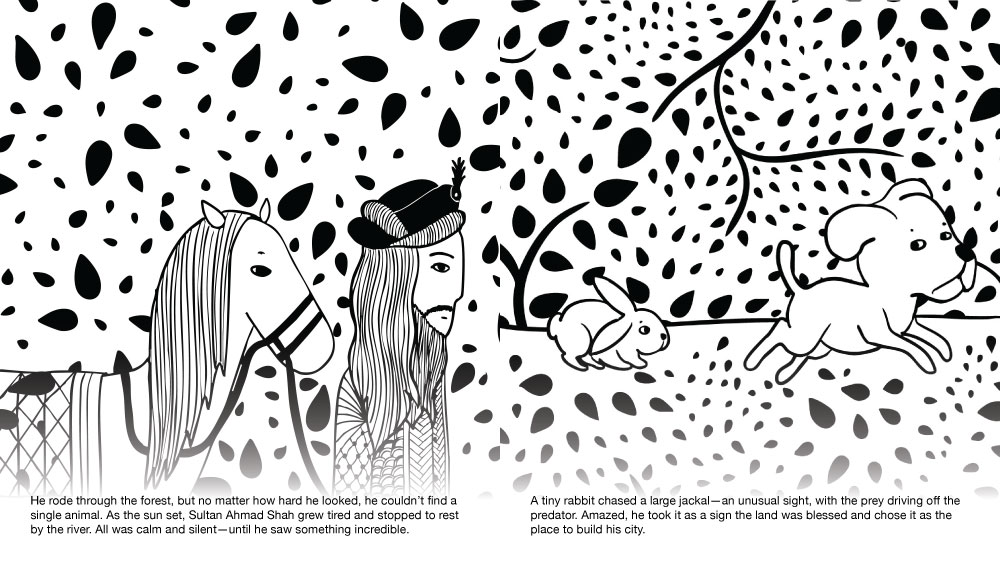
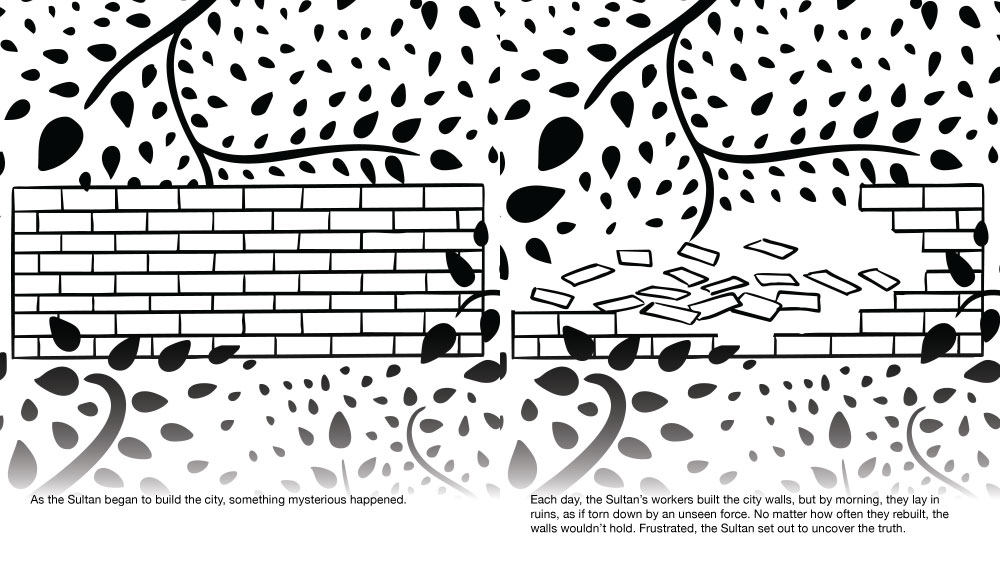
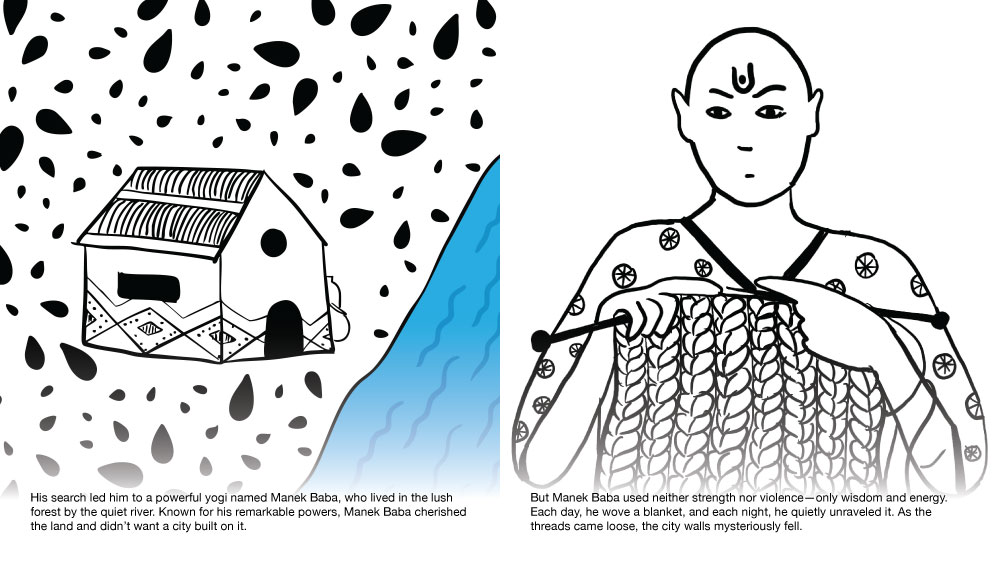
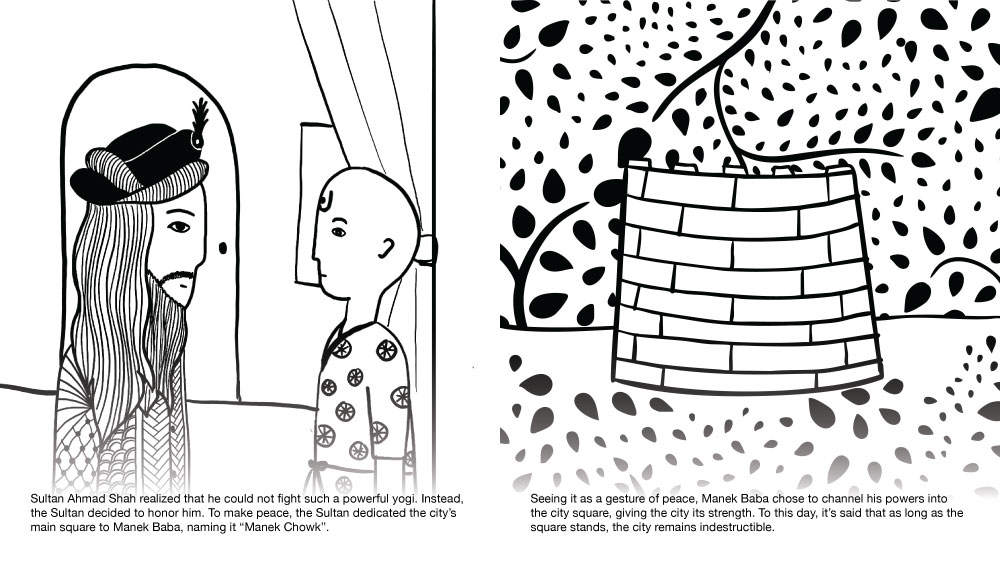
Documentation
For the documentation, my mom modeled to test the prototype (thank you mom <3) and Aaron Wesley (thanks so much Aaron), helped me record the videos. I had a small idea in mind where I could use minimal words to portray my artefacts.
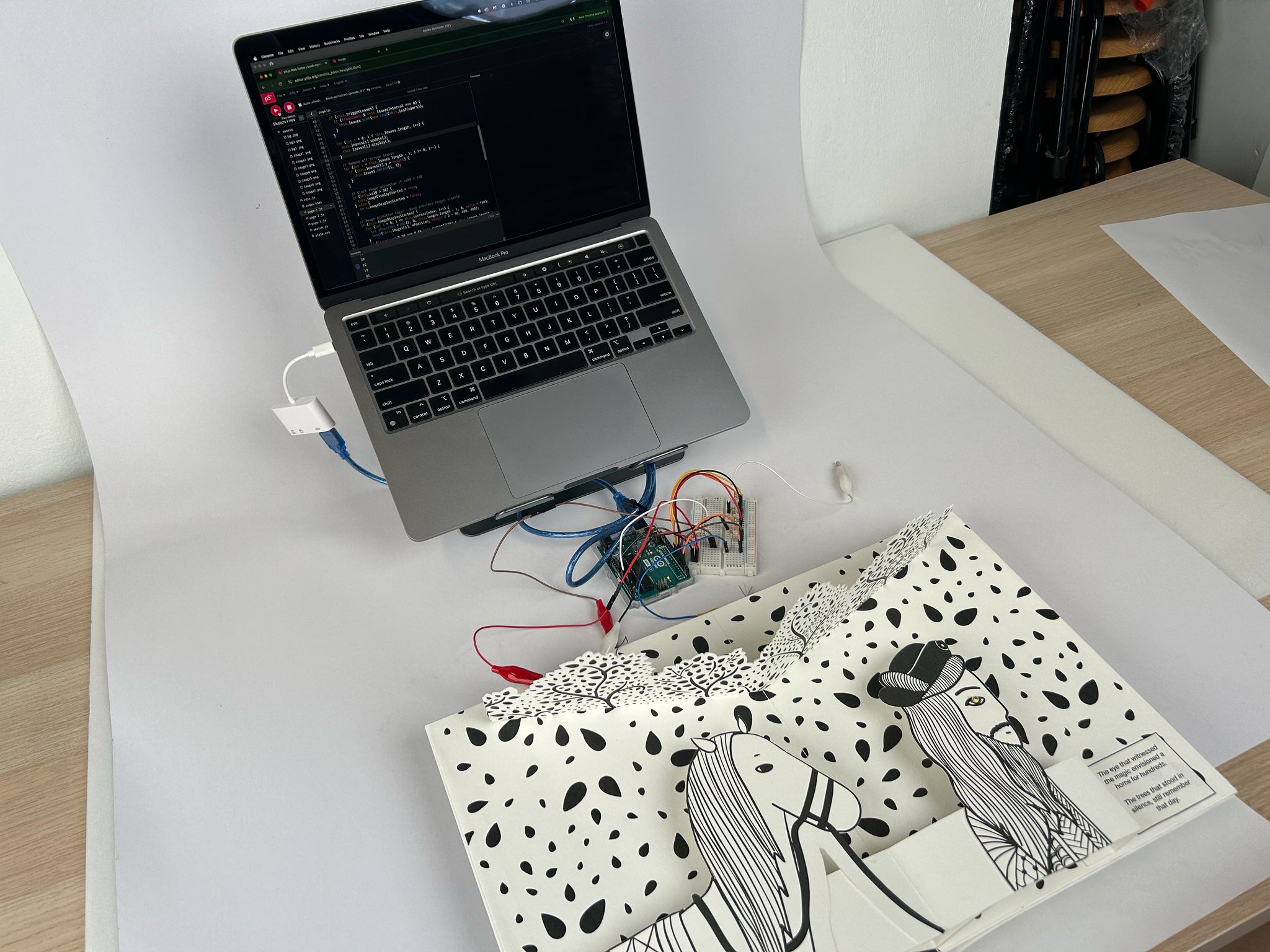
Setitng-up
While we were setting up, Andreas mentioned that I needed to find a way to have the arduino wirirng look a bit simple. It currently looked quite messy and un-tidy so I built a small box to put the arduino in.
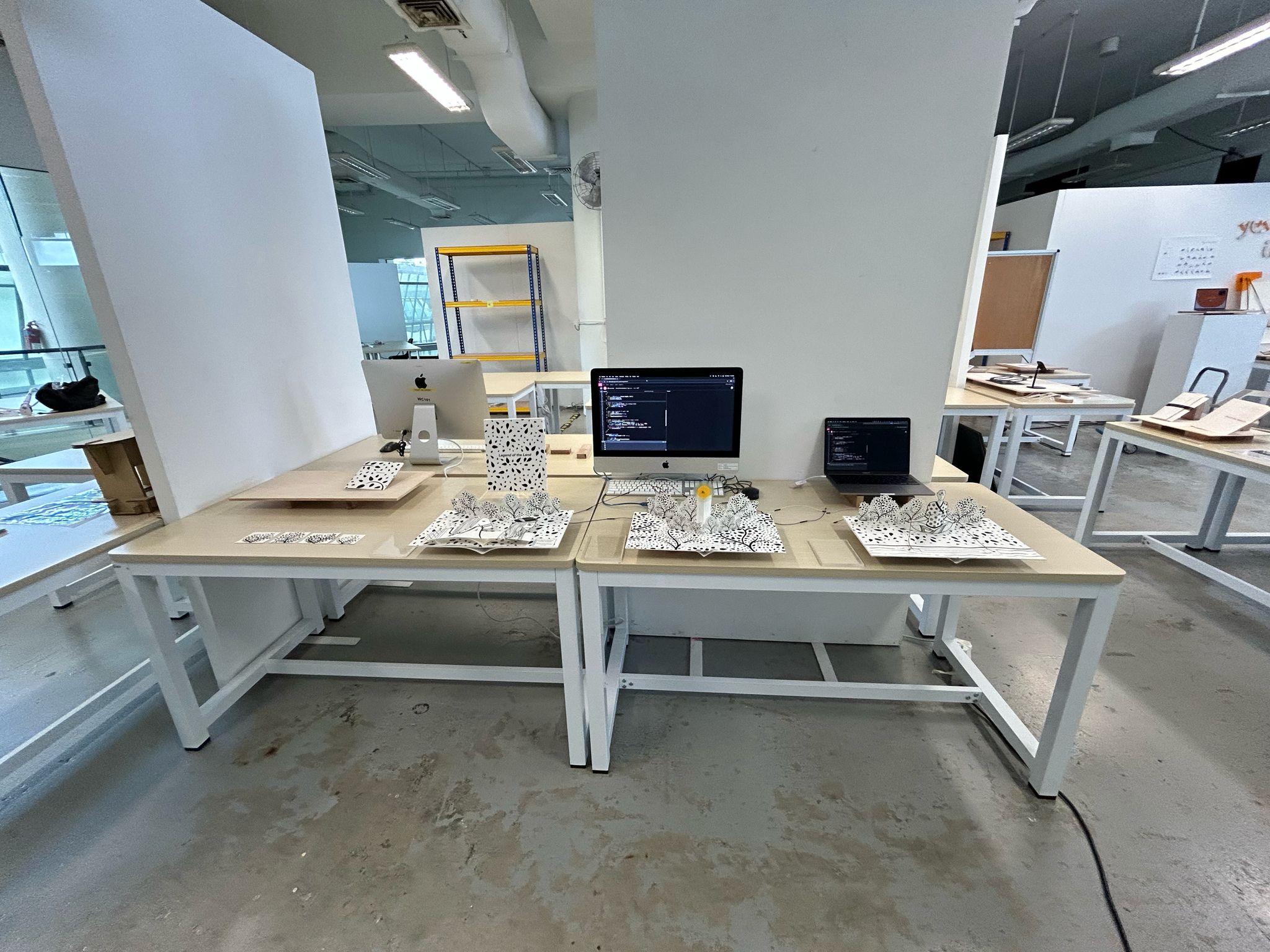
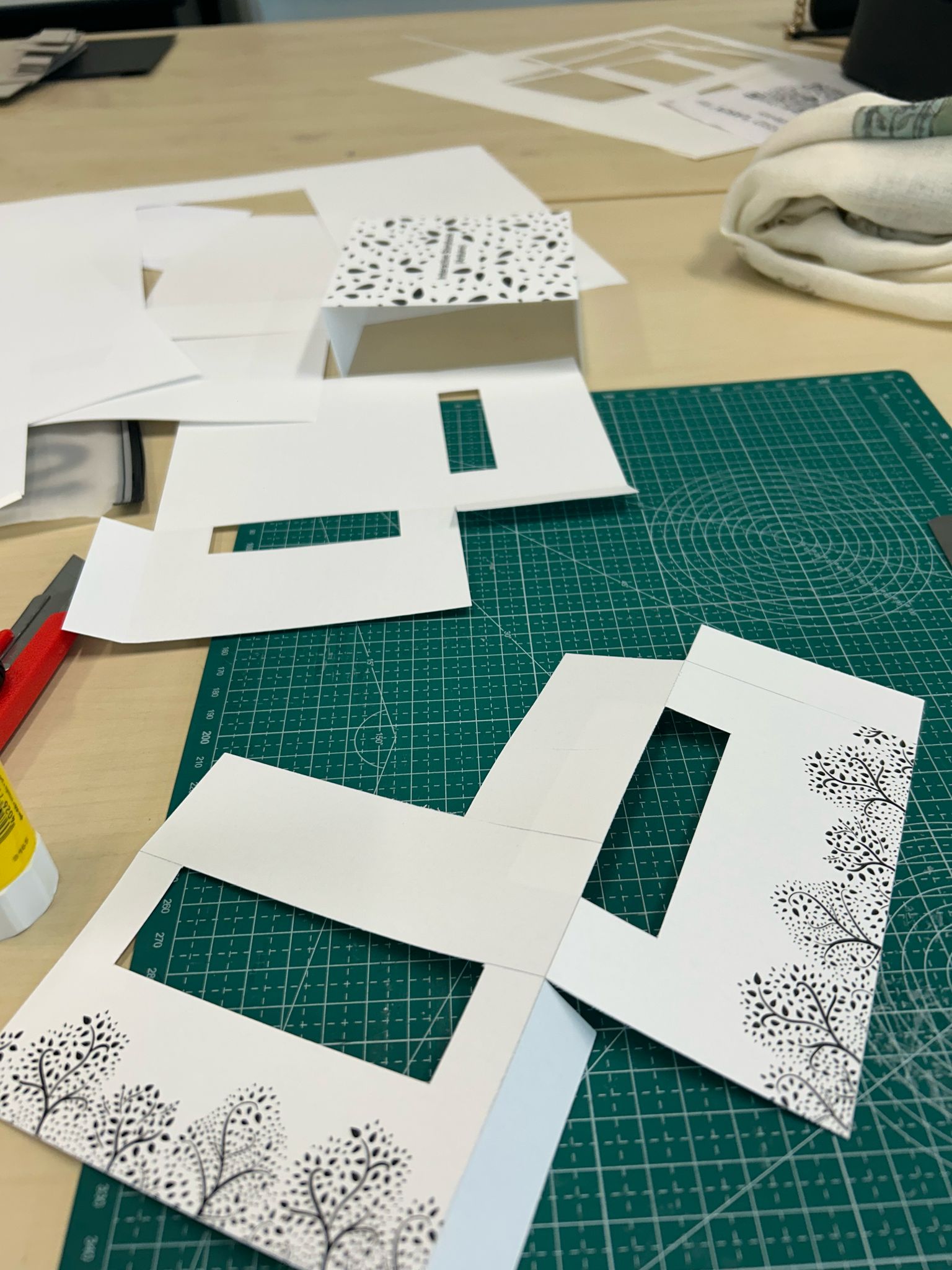
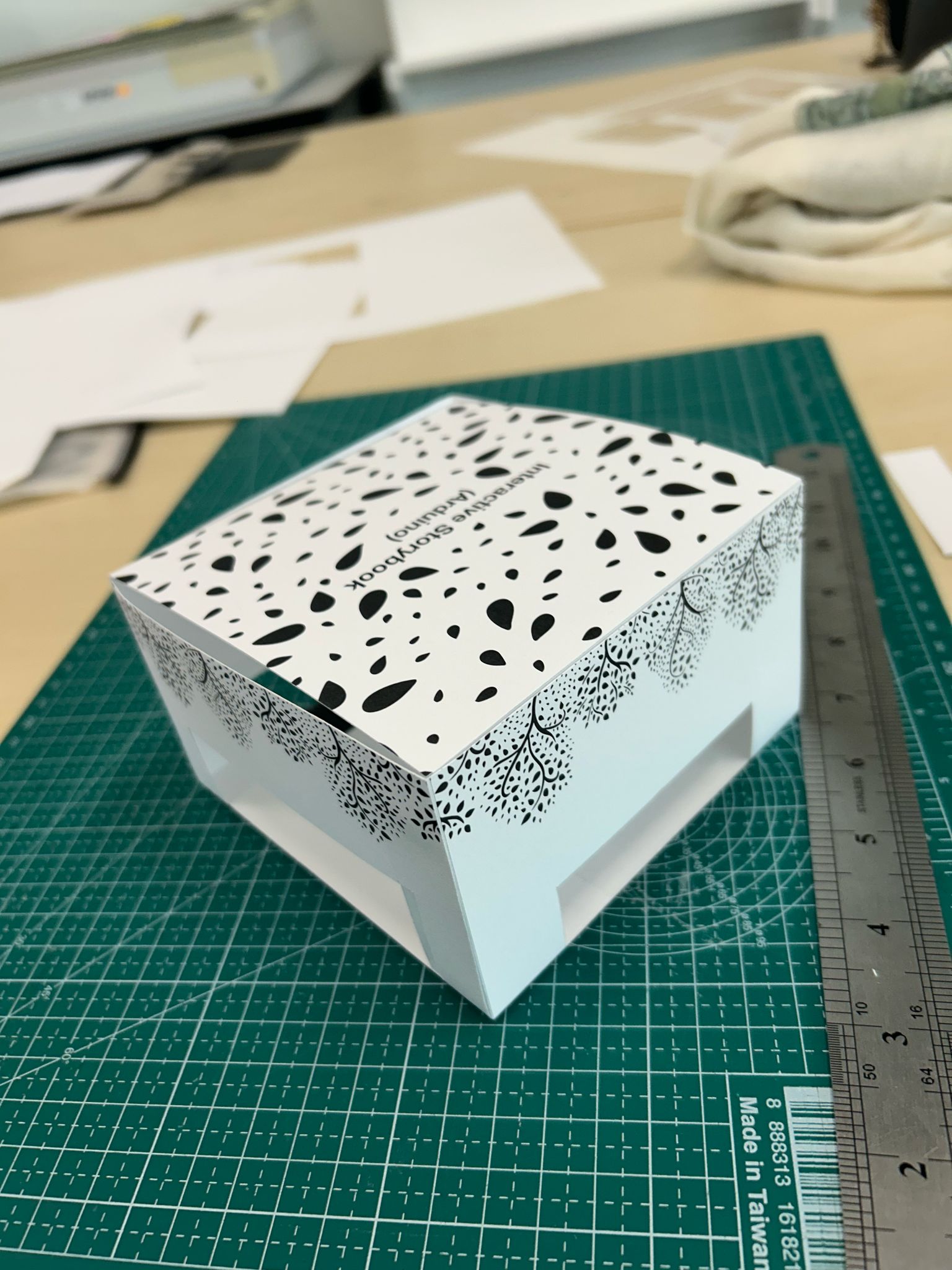
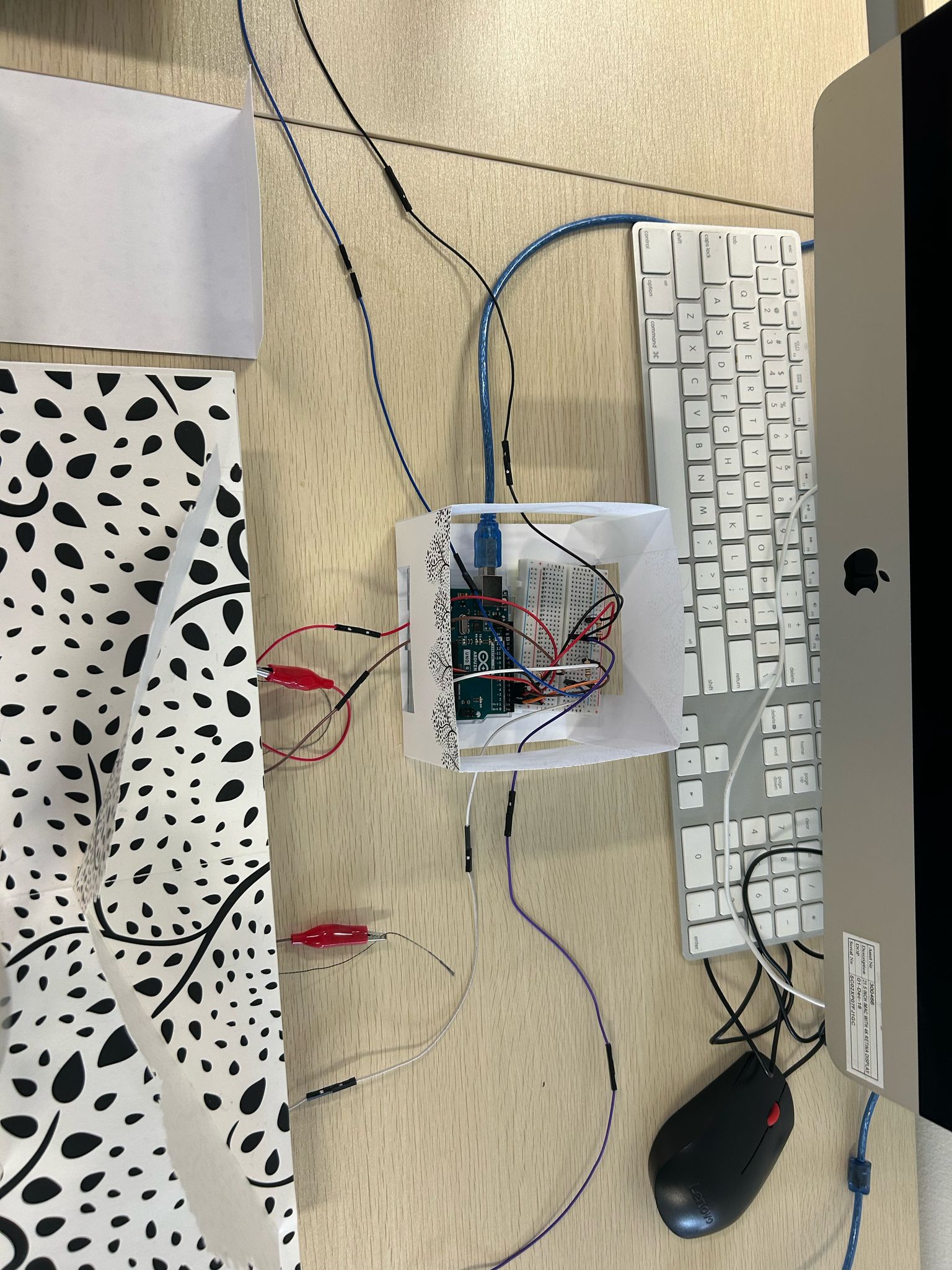
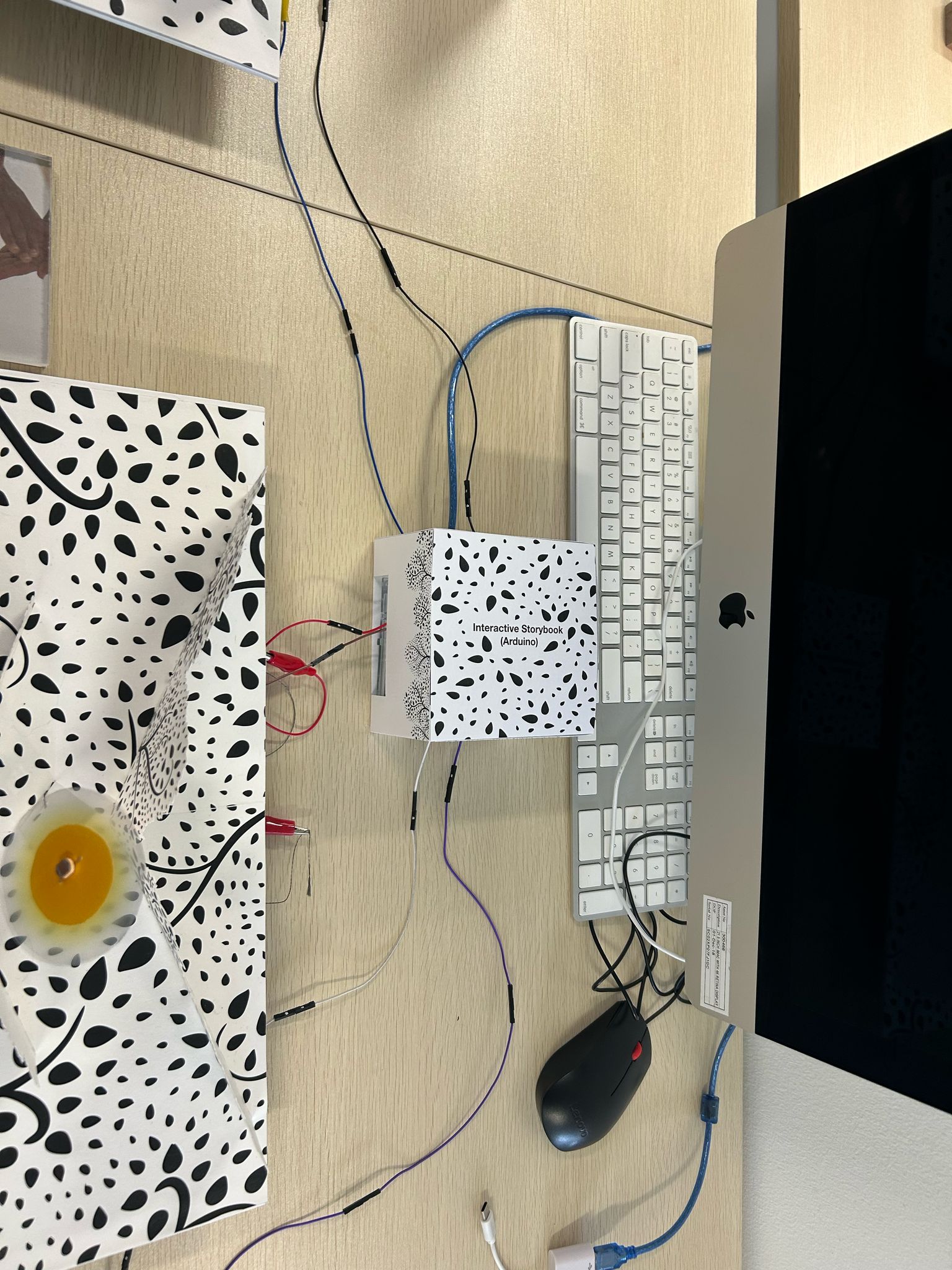
End moment user-testing
Takeaways - One of the main questions of this research was: “How can the incorporation of interactive components enhance papercraft interactivity?” As observed, adding interactive elements within the book allows users to immerse themselves more deeply, engaging with the book’s texture and details. Providing indirect instructions encourages users to explore the visuals closely, leading to greater interaction with the spread compared to non-interactive pop-ups. User responses also supported these findings.
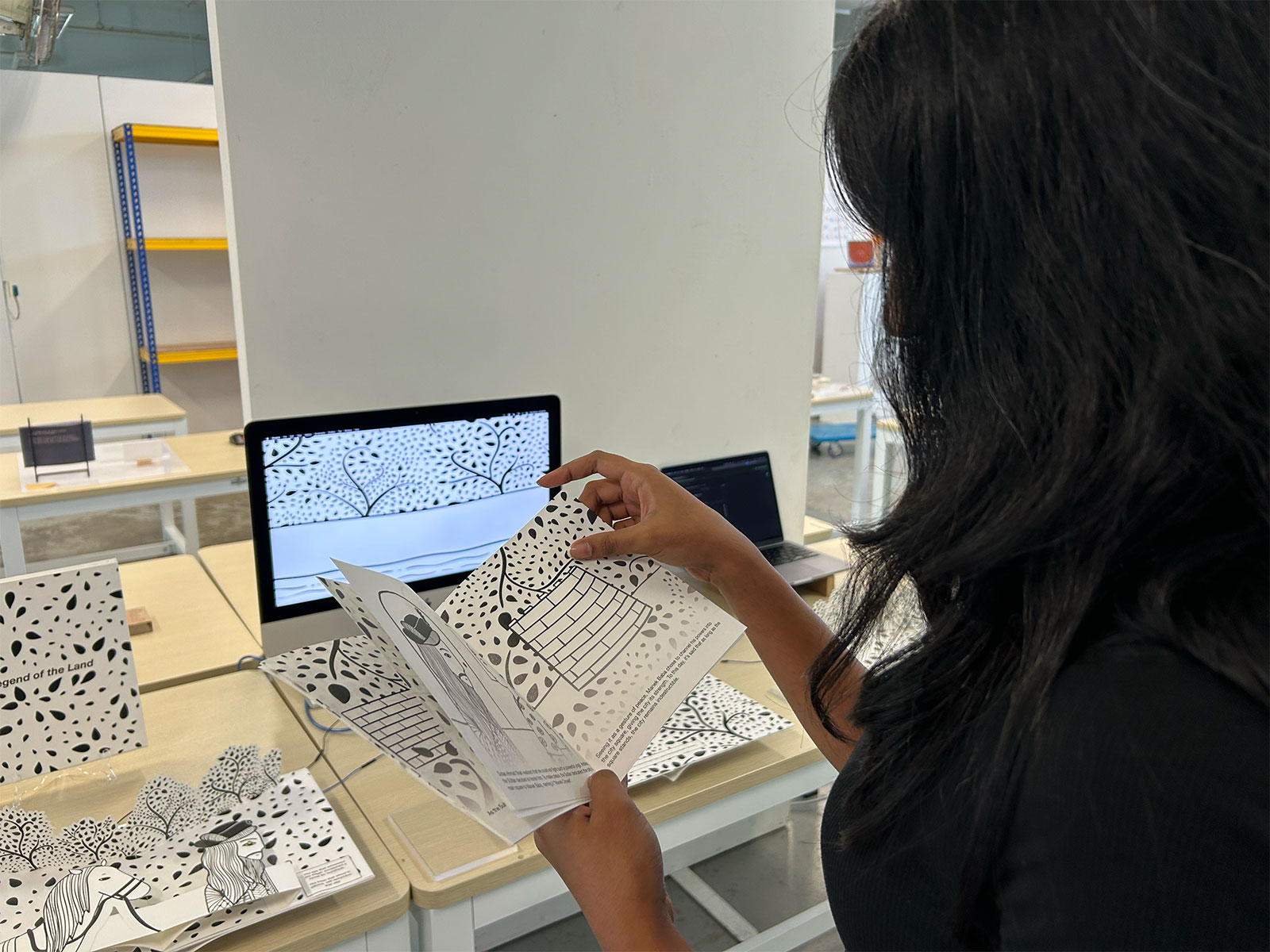
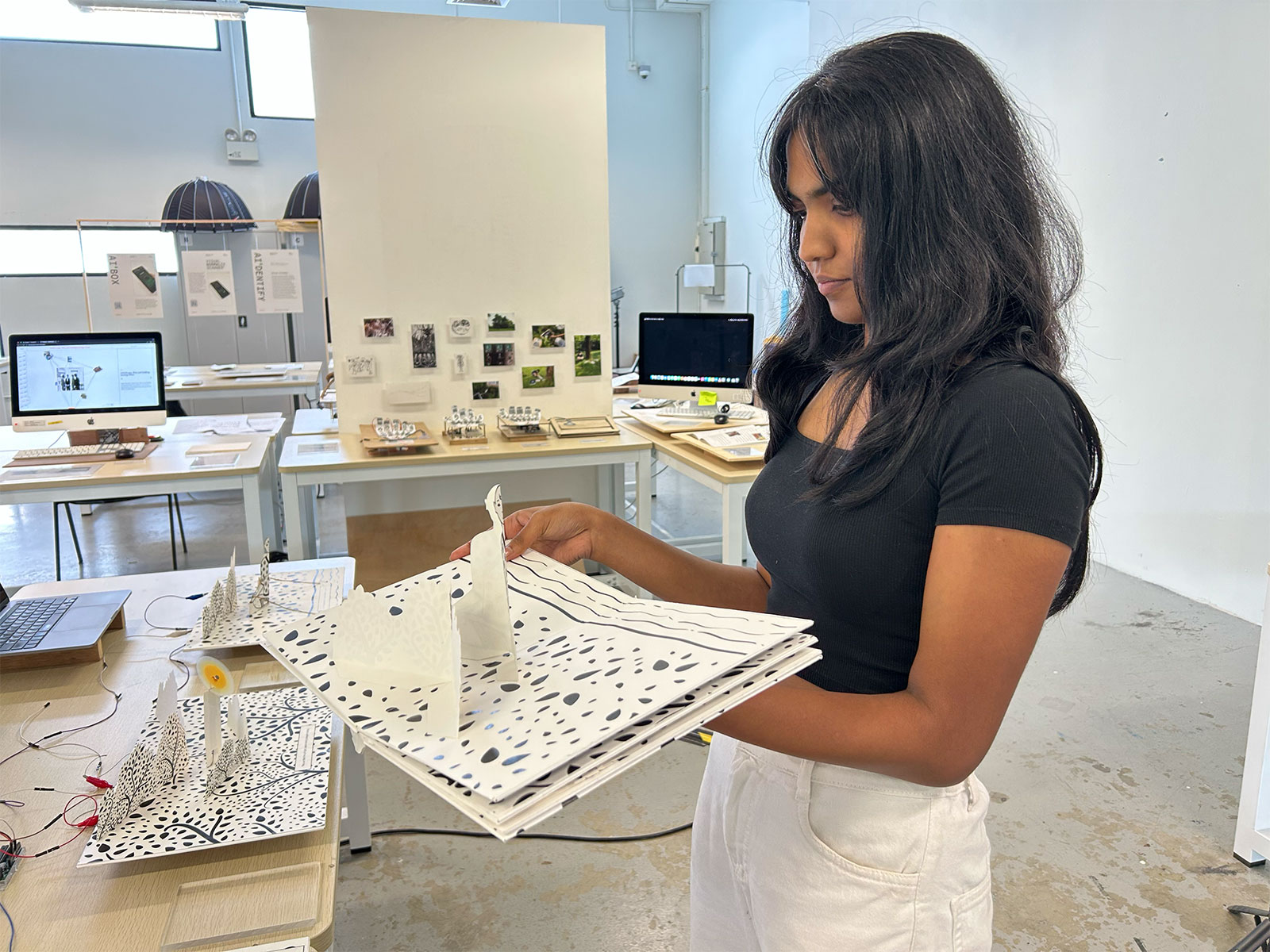
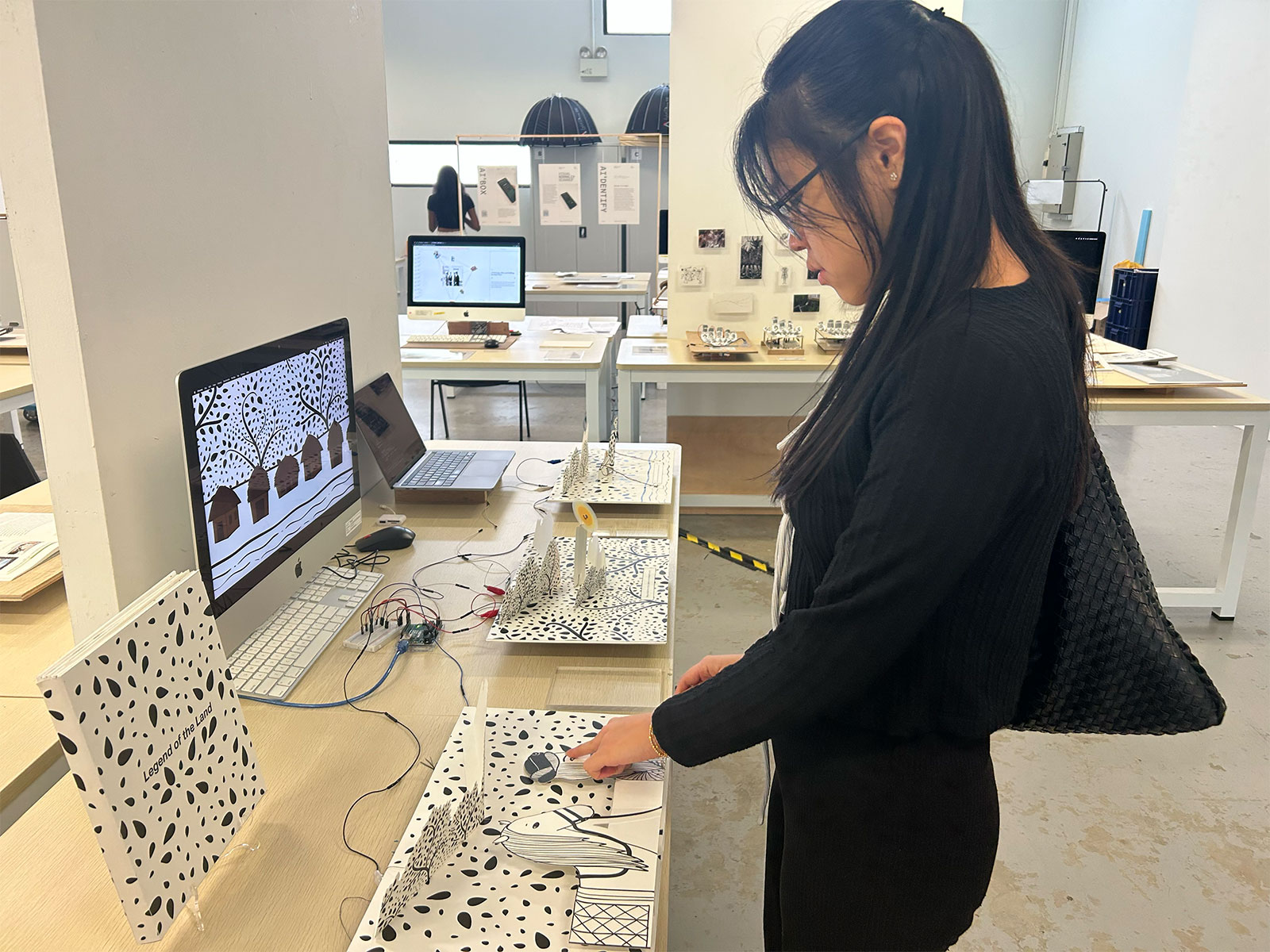
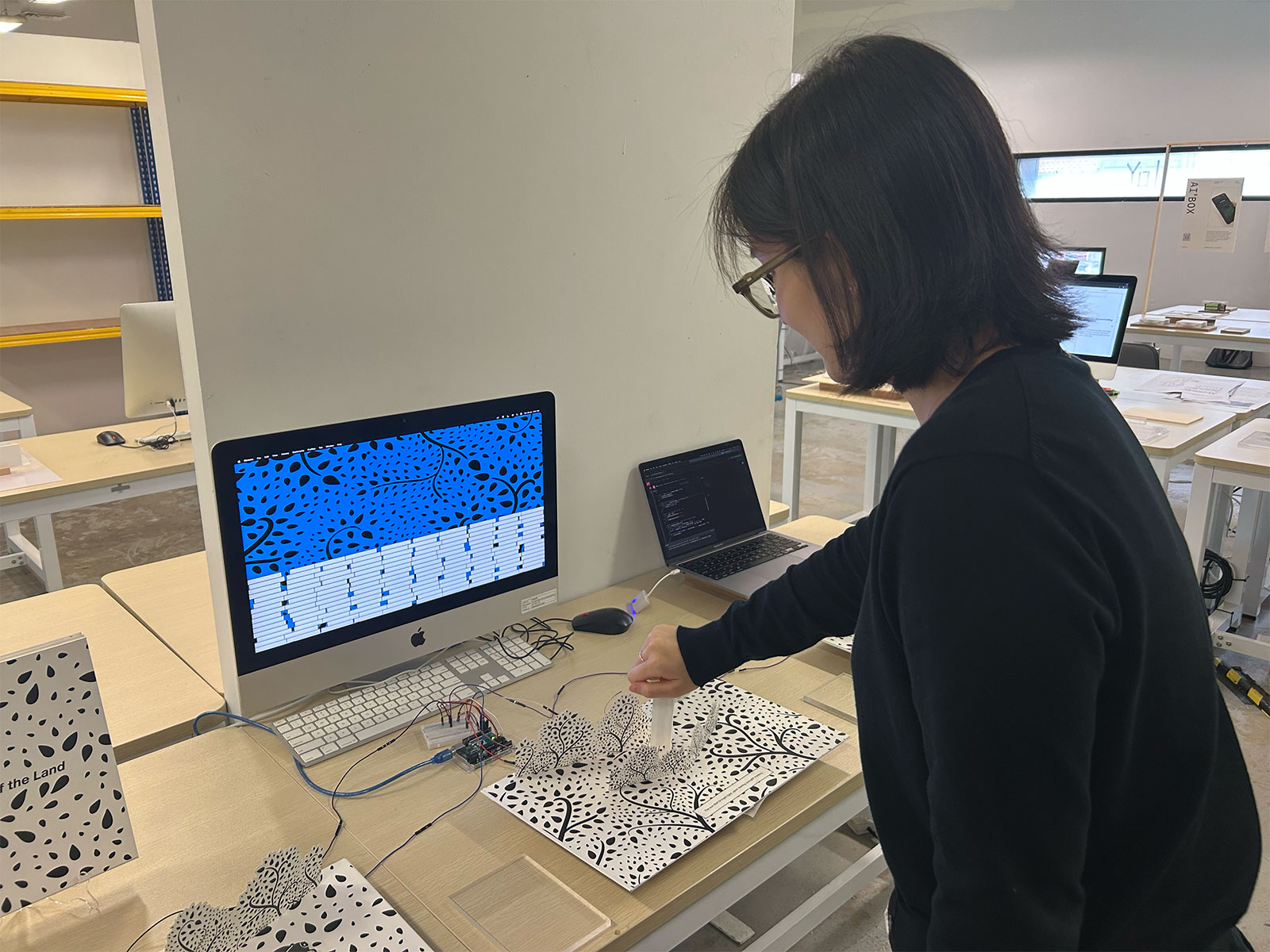
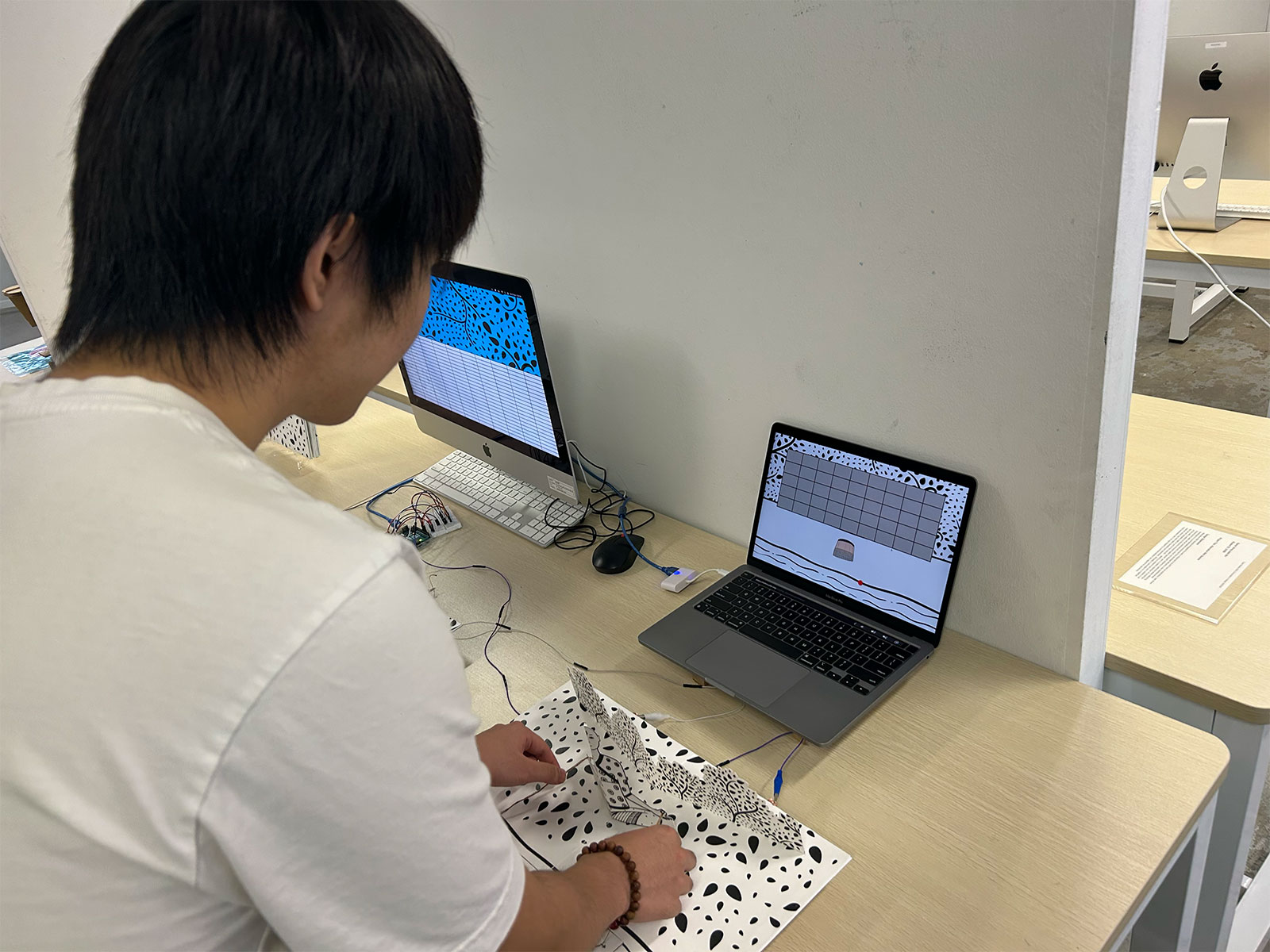
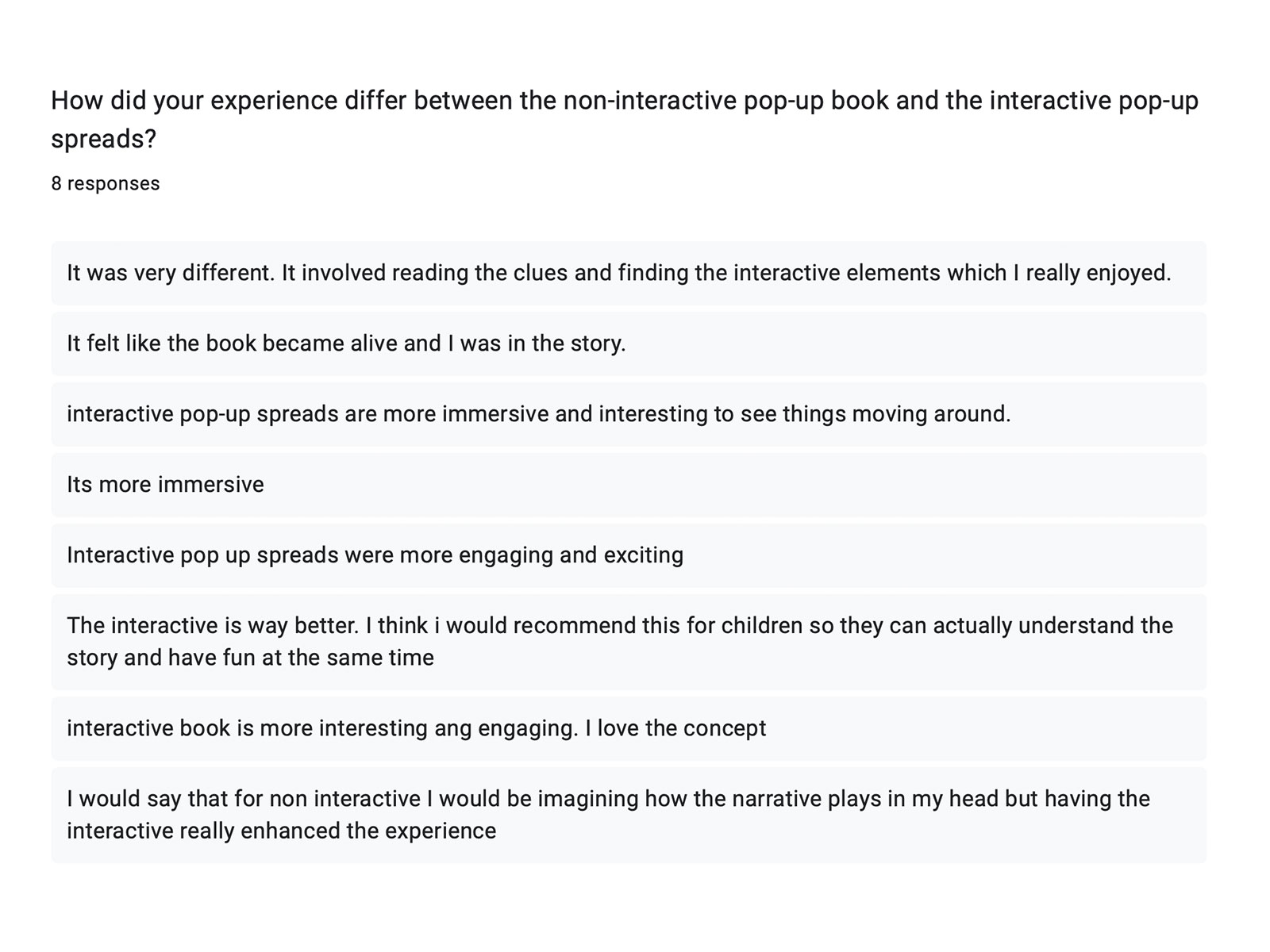
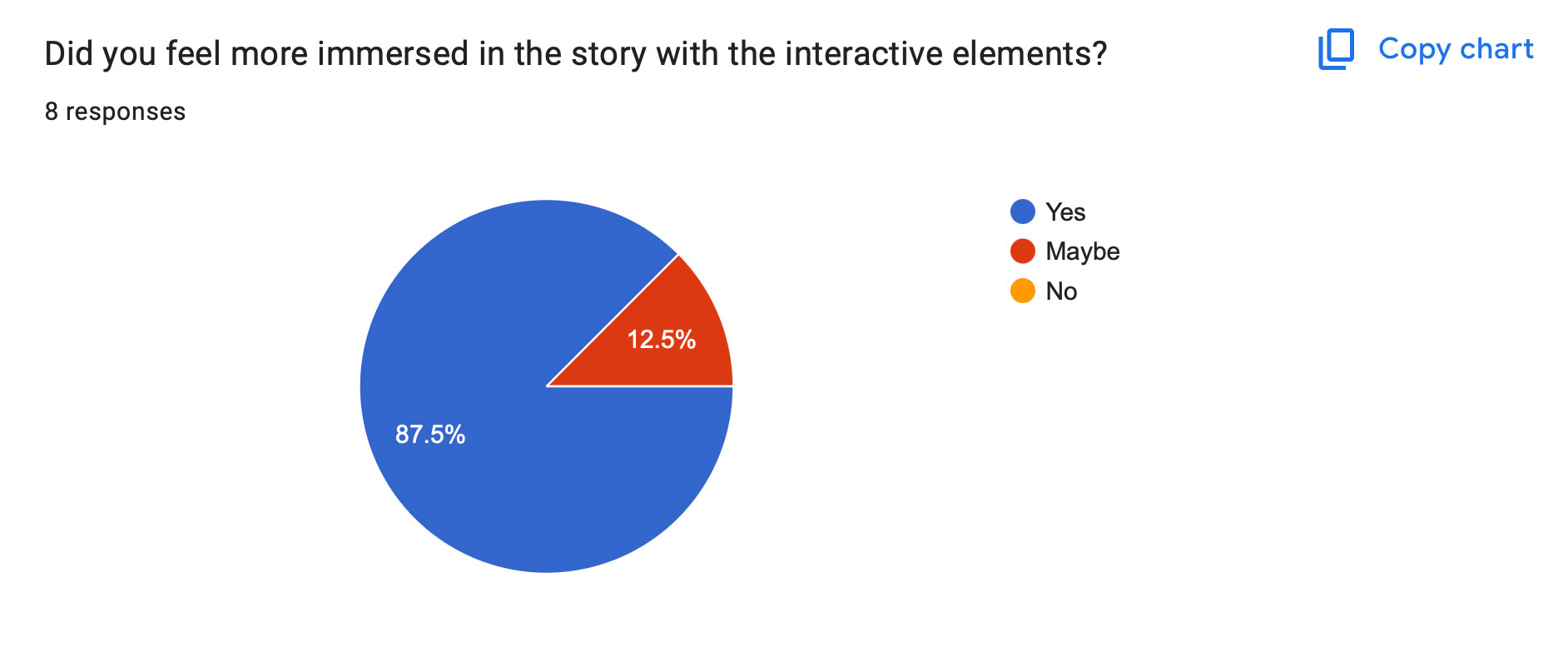
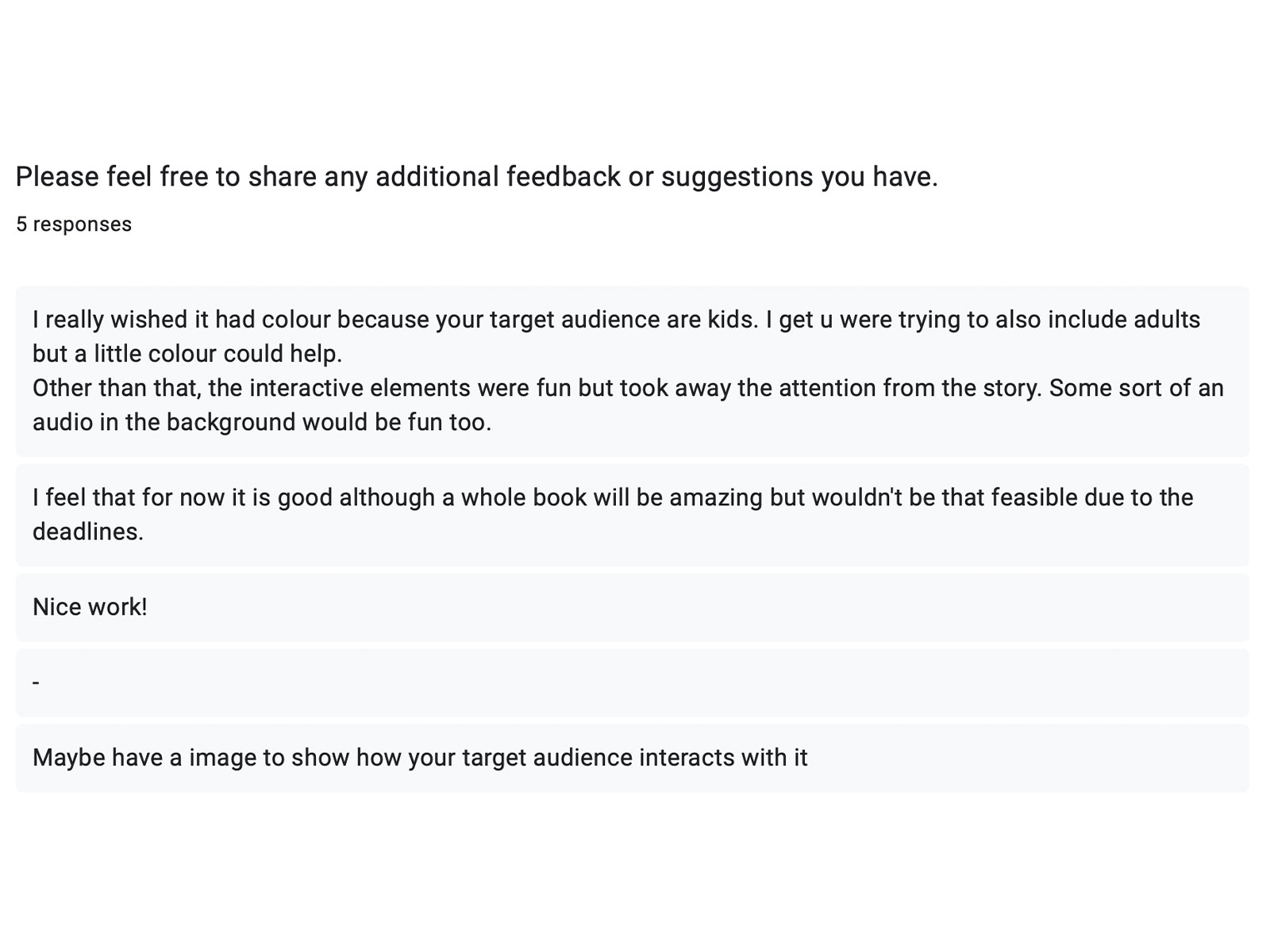
Highlights from final set-up
I feel quite satisfied with what I had set-up. I do believe there is room for iterations and improvements and at the same time I also feel happy with the work that I have produced and most importantly, it works. I still feel like I could do a better job documenting and with my publications, however I am also trying to celebrate little wins or bigger wins such as this.
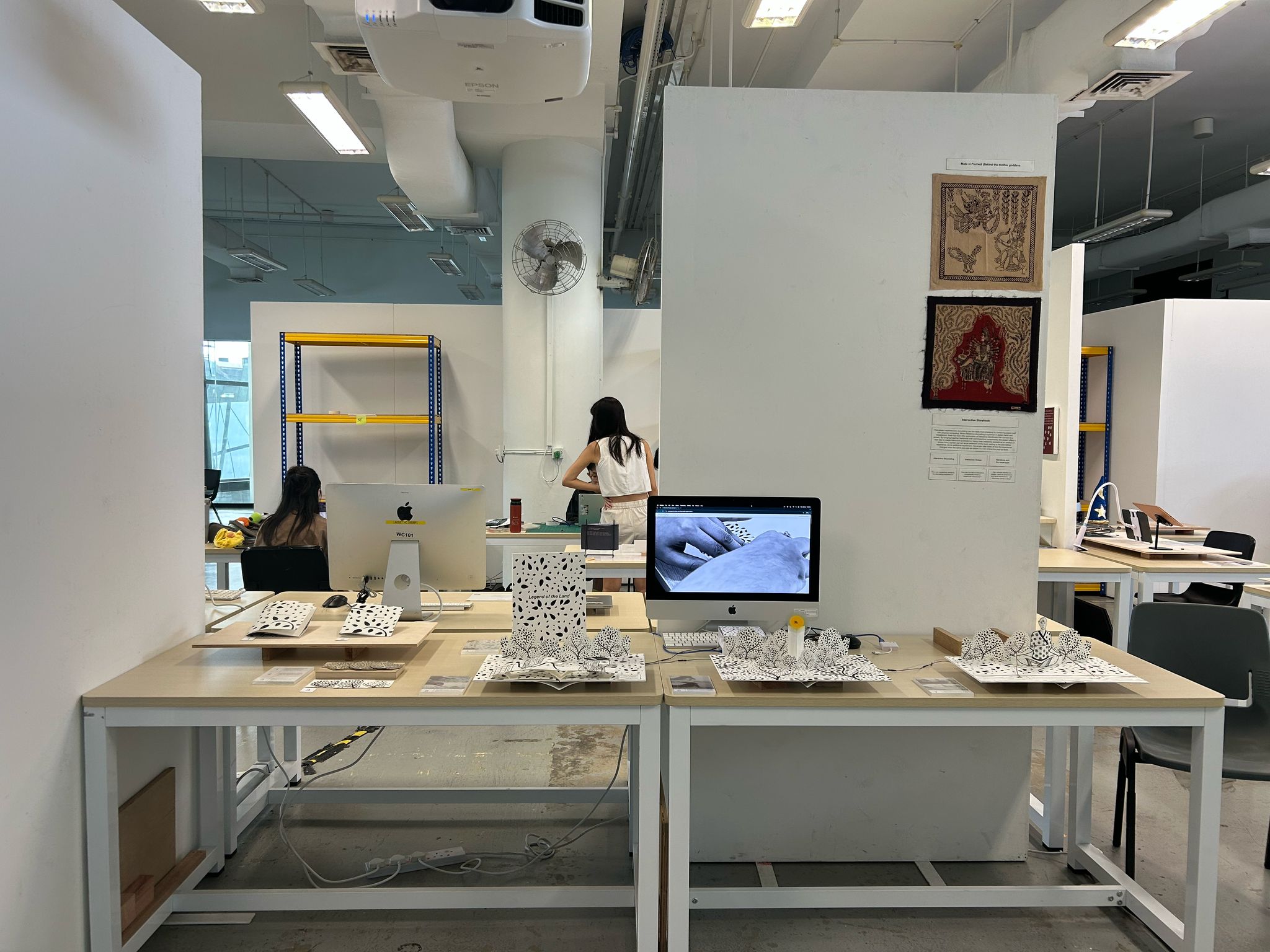
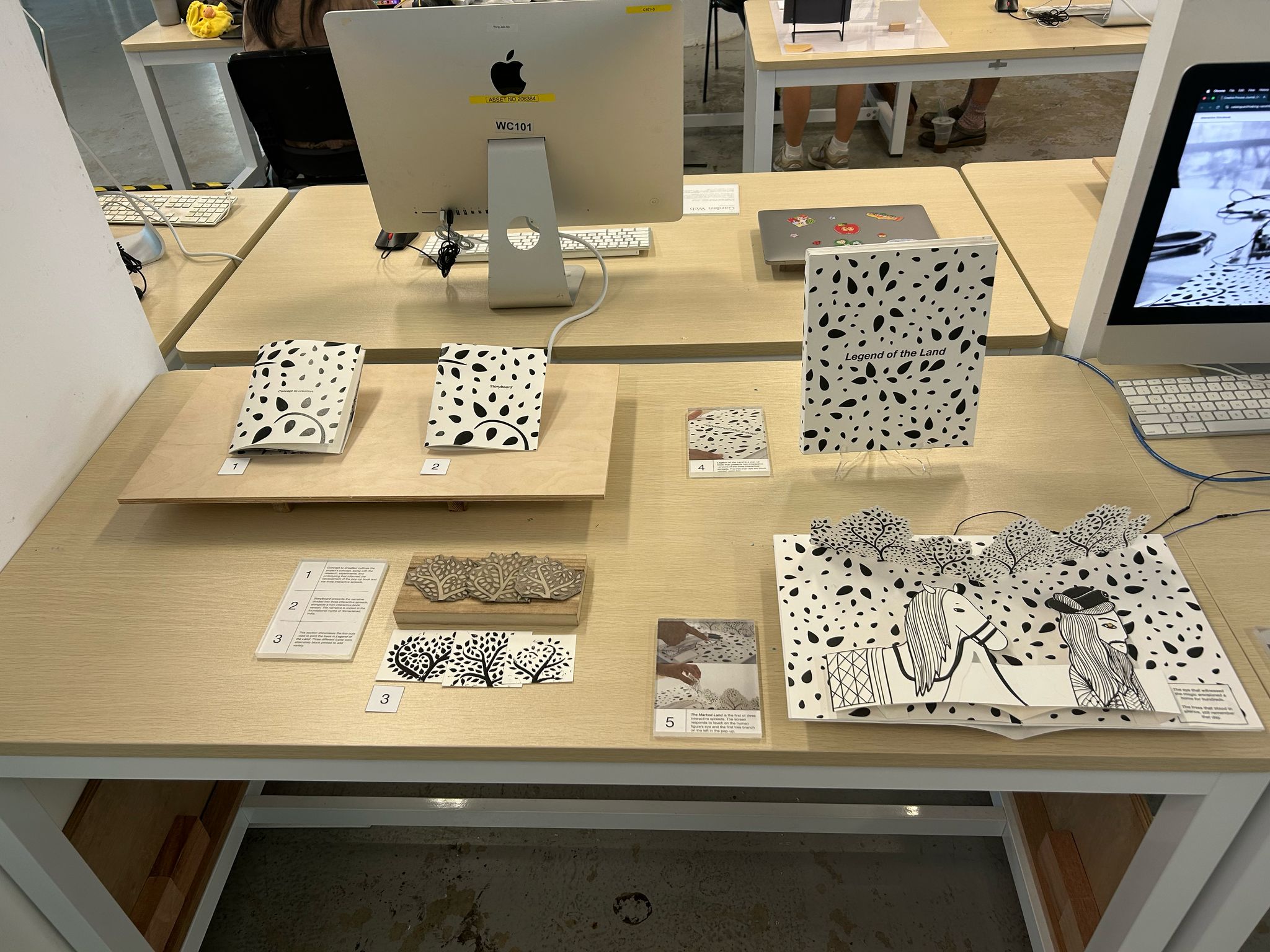
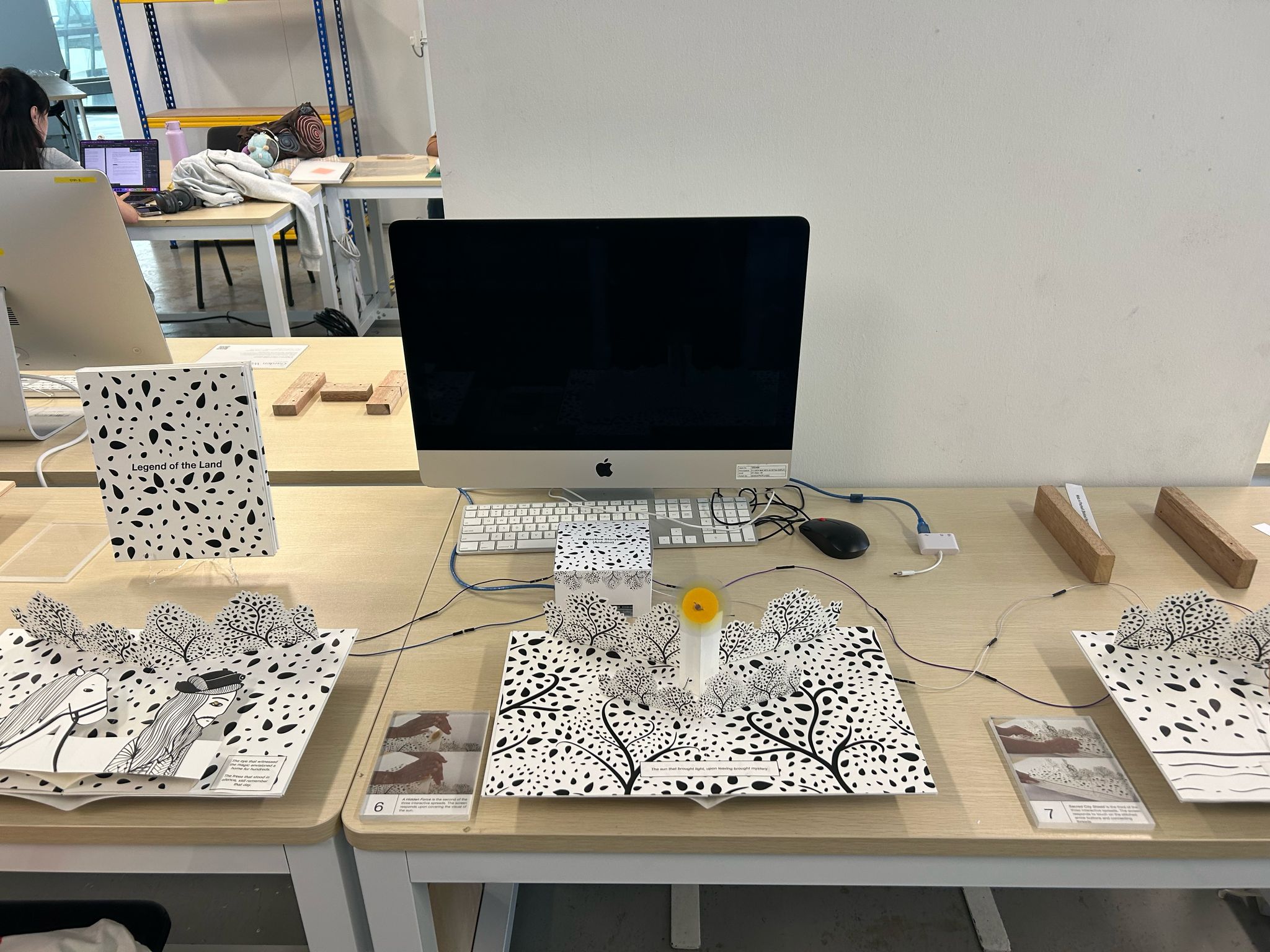
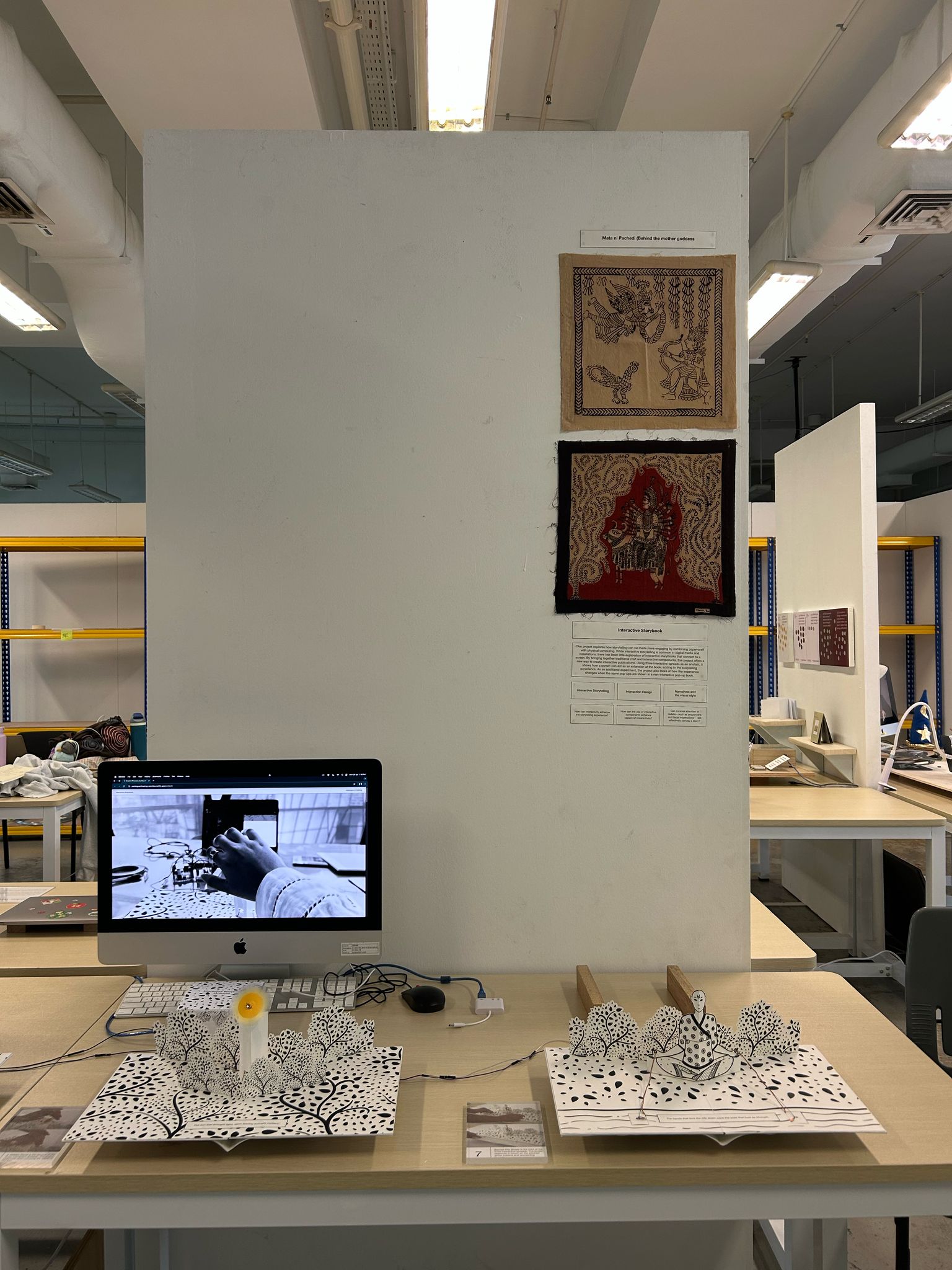
Reflections
BA level 3 came with a lot of highs and lows that I feel not only shaped me as a designer but came with a lot of life lessons. It has been a journey where I grew more self-aware as I progressed with my work. But the most important thing that I have learned here is to reason with myself. I realised that most of the time I scare myself into doing things right and better which leads to extreme levels of anxiety upon getting tired or making mistakes. I have a habit of ambitioning quite high which I guess may be okay, however I also learned how to manage my expectations based on the skills and the time that I have. And I also learned this the hard way but TRUST THE PROCESS! I lose faith and patience in myself when it gets too difficult but indeed it started to take a better turn after it got too difficult.
Last but not the least, I would like to thank all my peers and Andreas for supporting me not just with my project processes but for so much emotional support. I used to be afraid of being 100% myself but spending so much time with my peers, I have learned to embrace who I am and most importantly be confident. Be confident with myself, about the choices that I make as a designing student. I feel grateful for all the support that I have received, especially from Andreas. It has been inspiring to work with him and his approach to making, problem-solving and oragnising has inspired me to have more faith in the process and just 'make', experiment with the tools that I use to bring my ideas to life.
